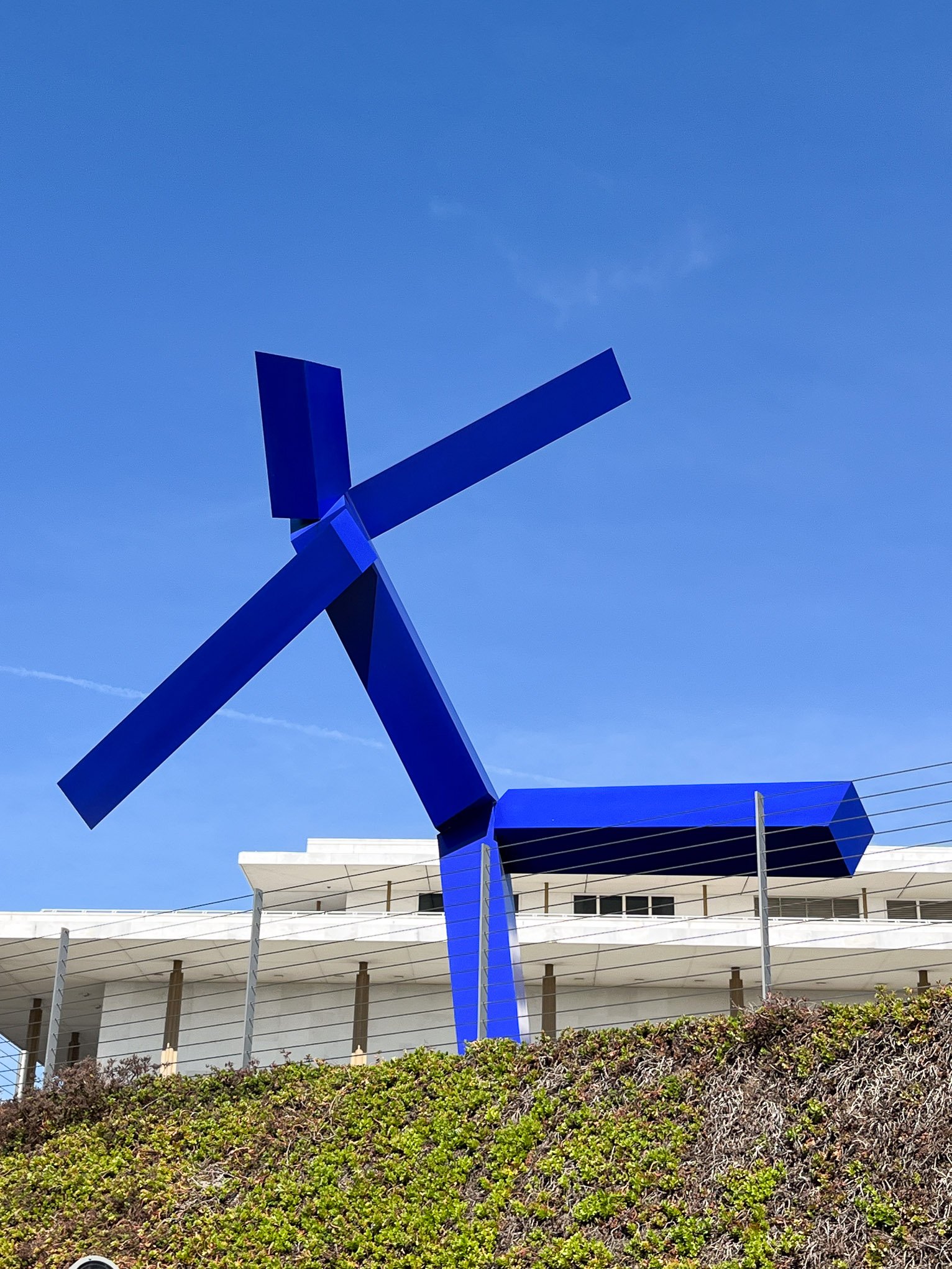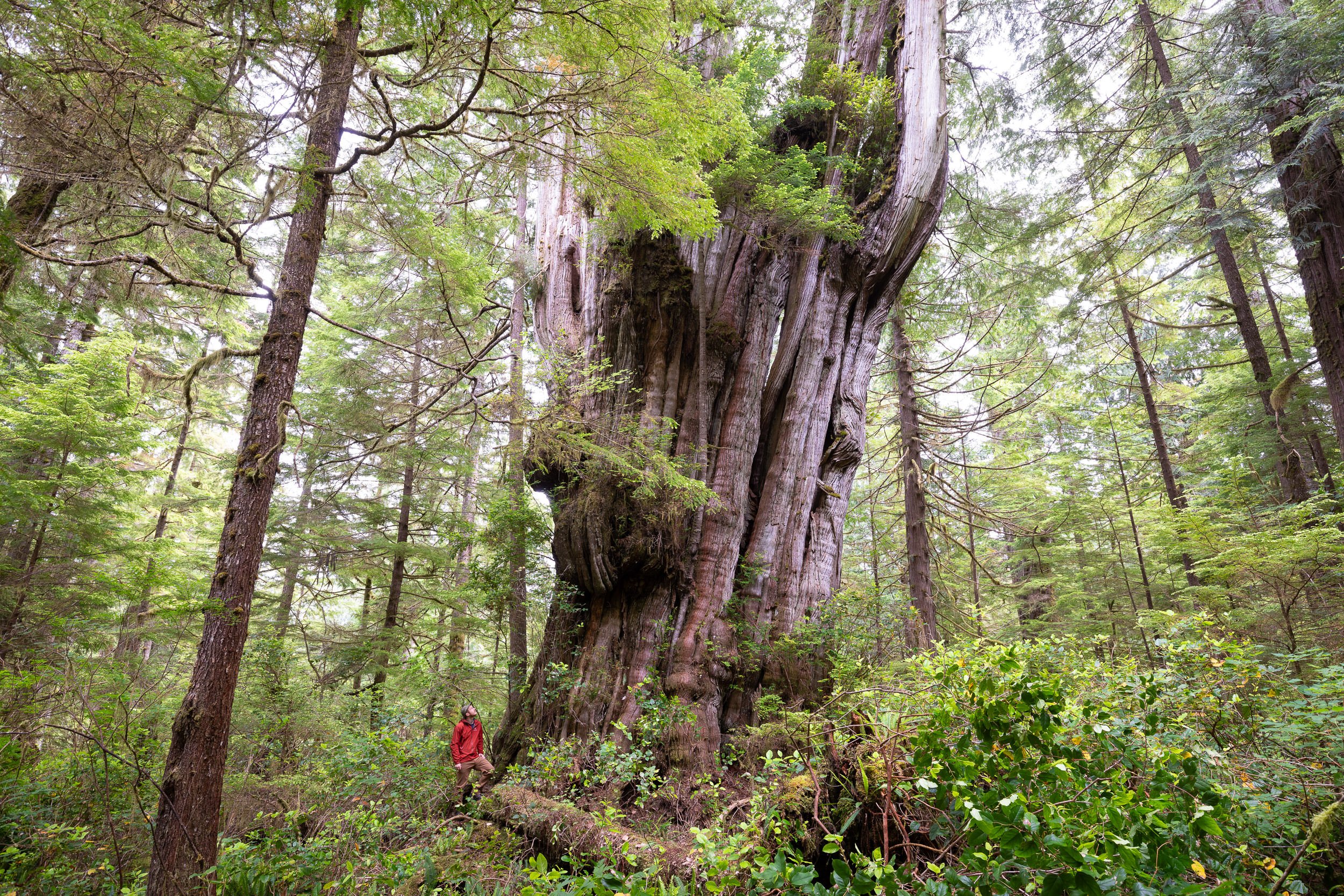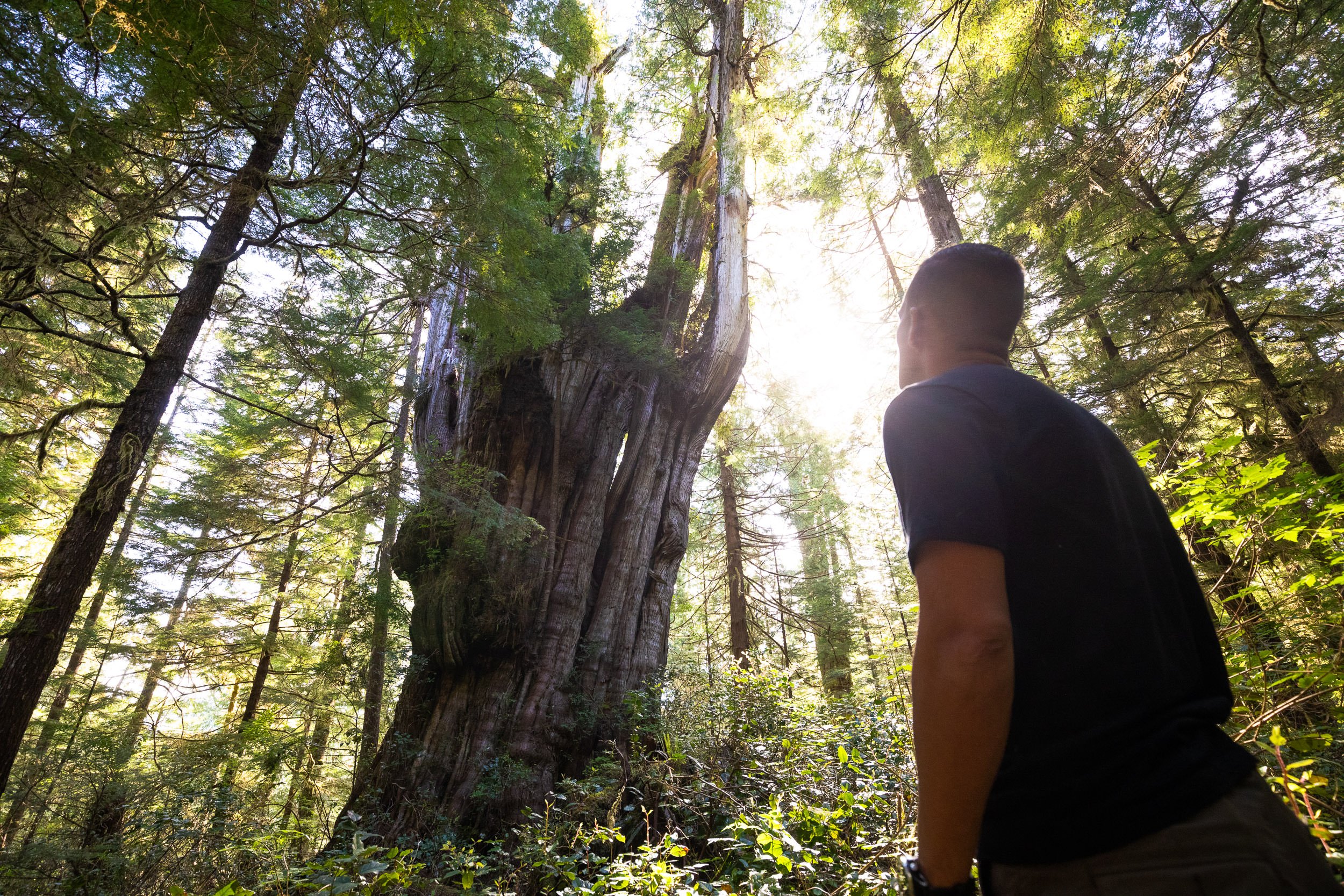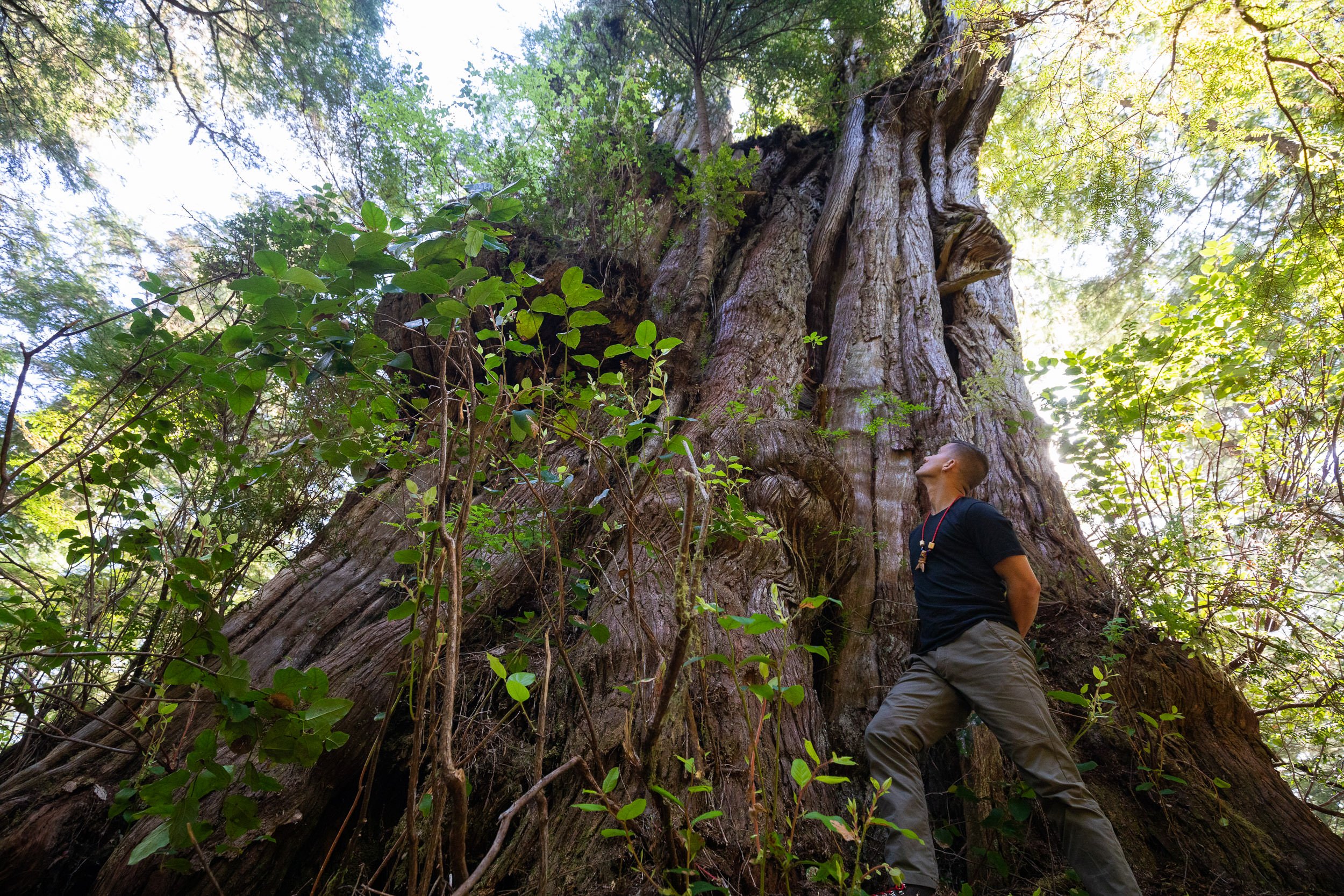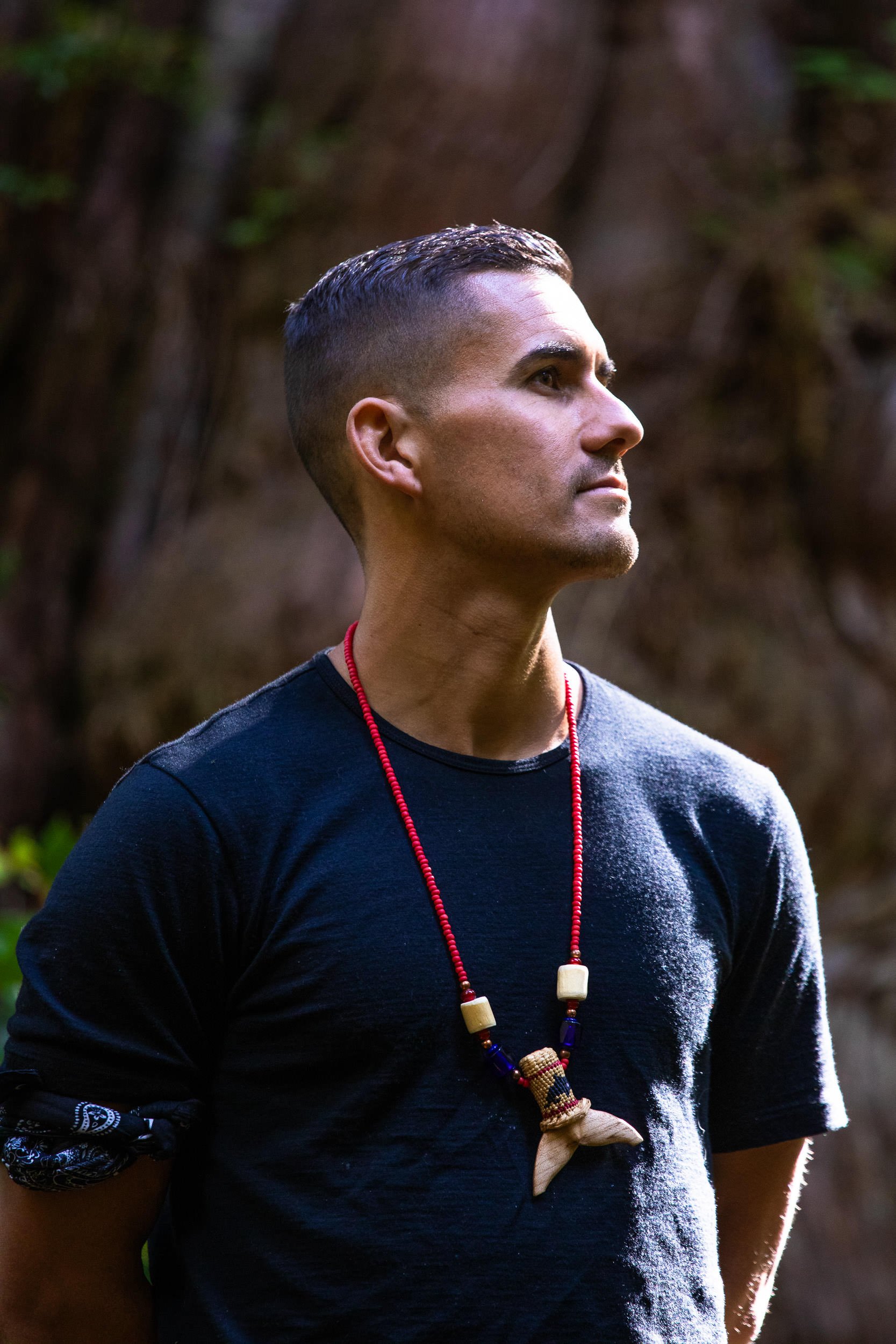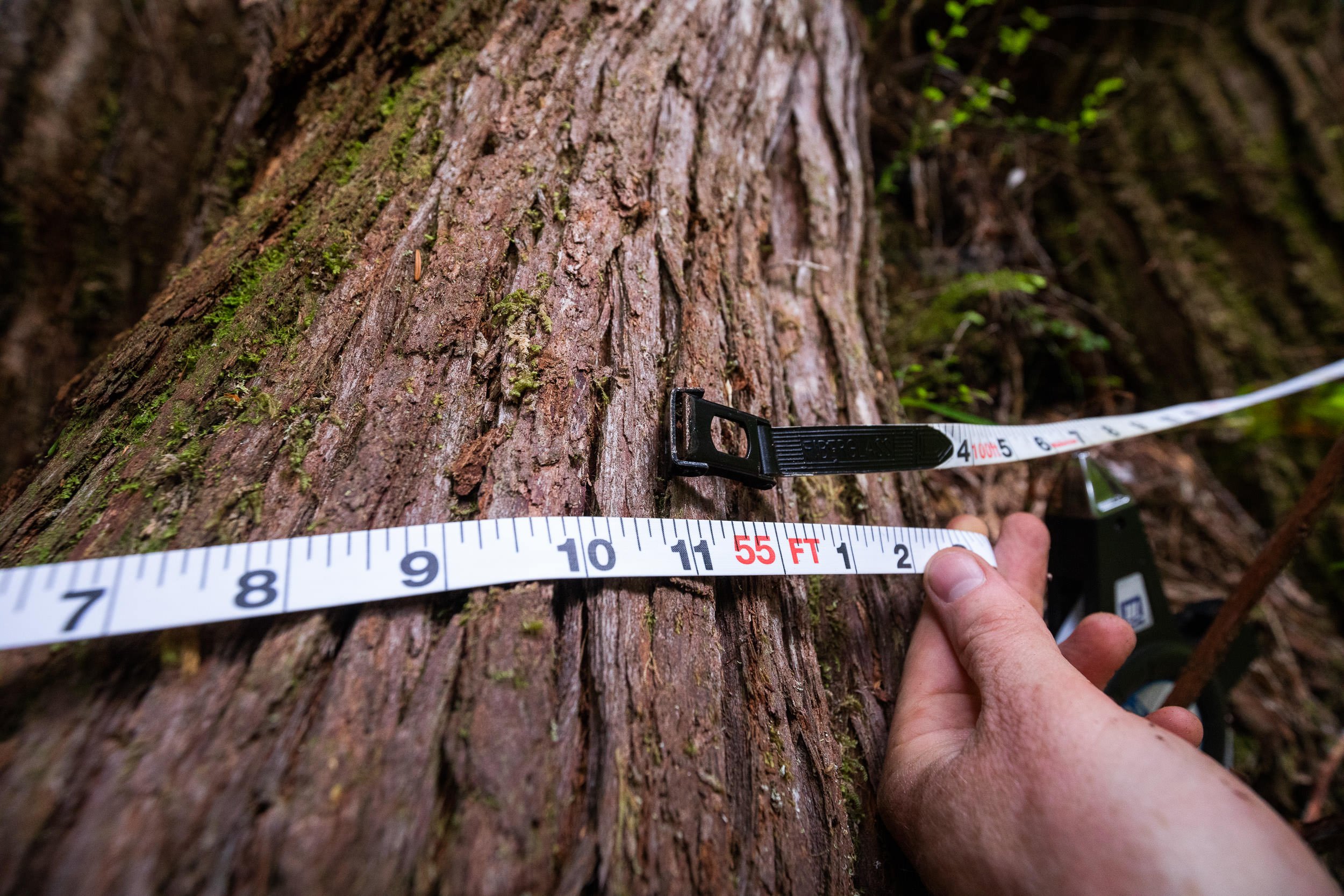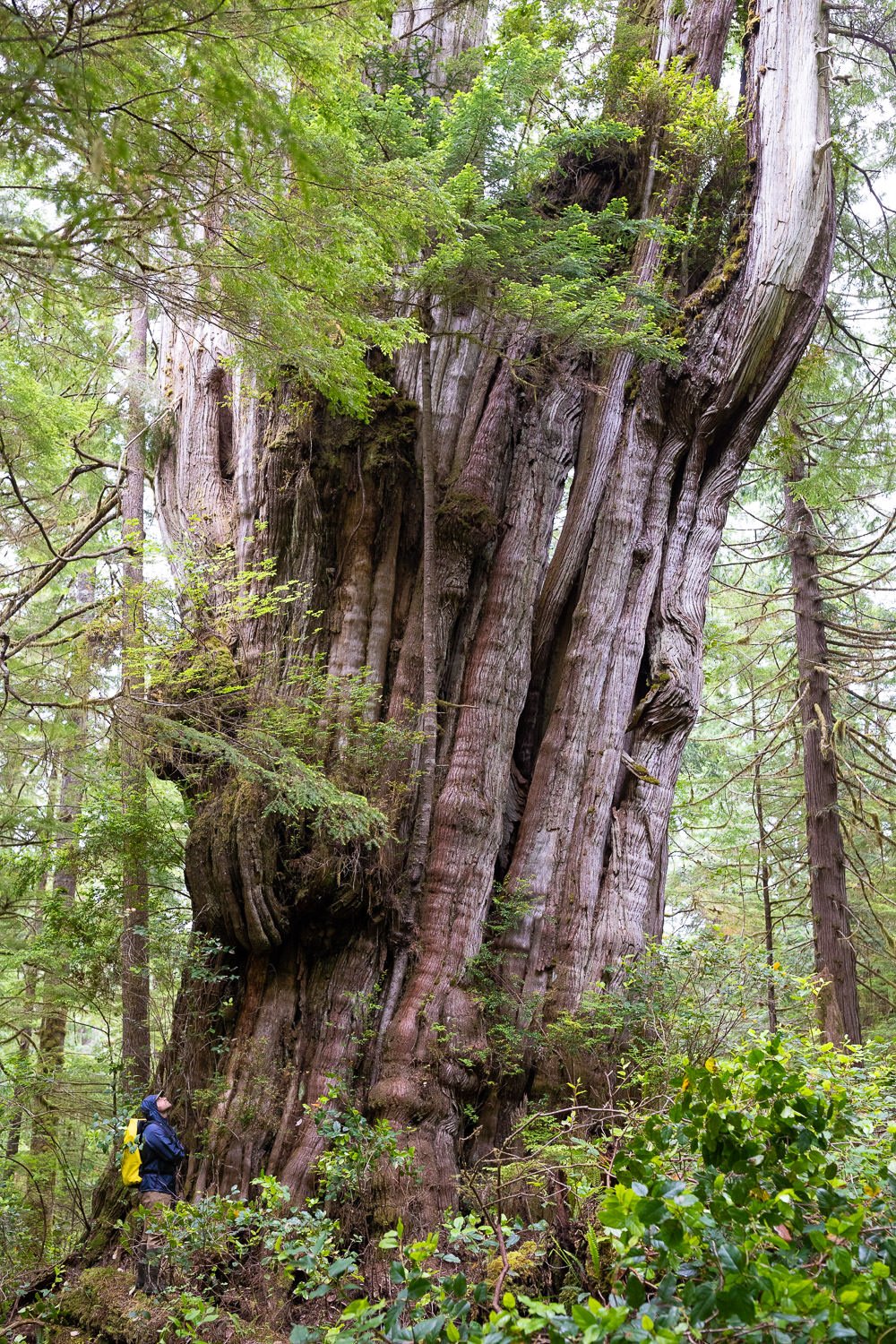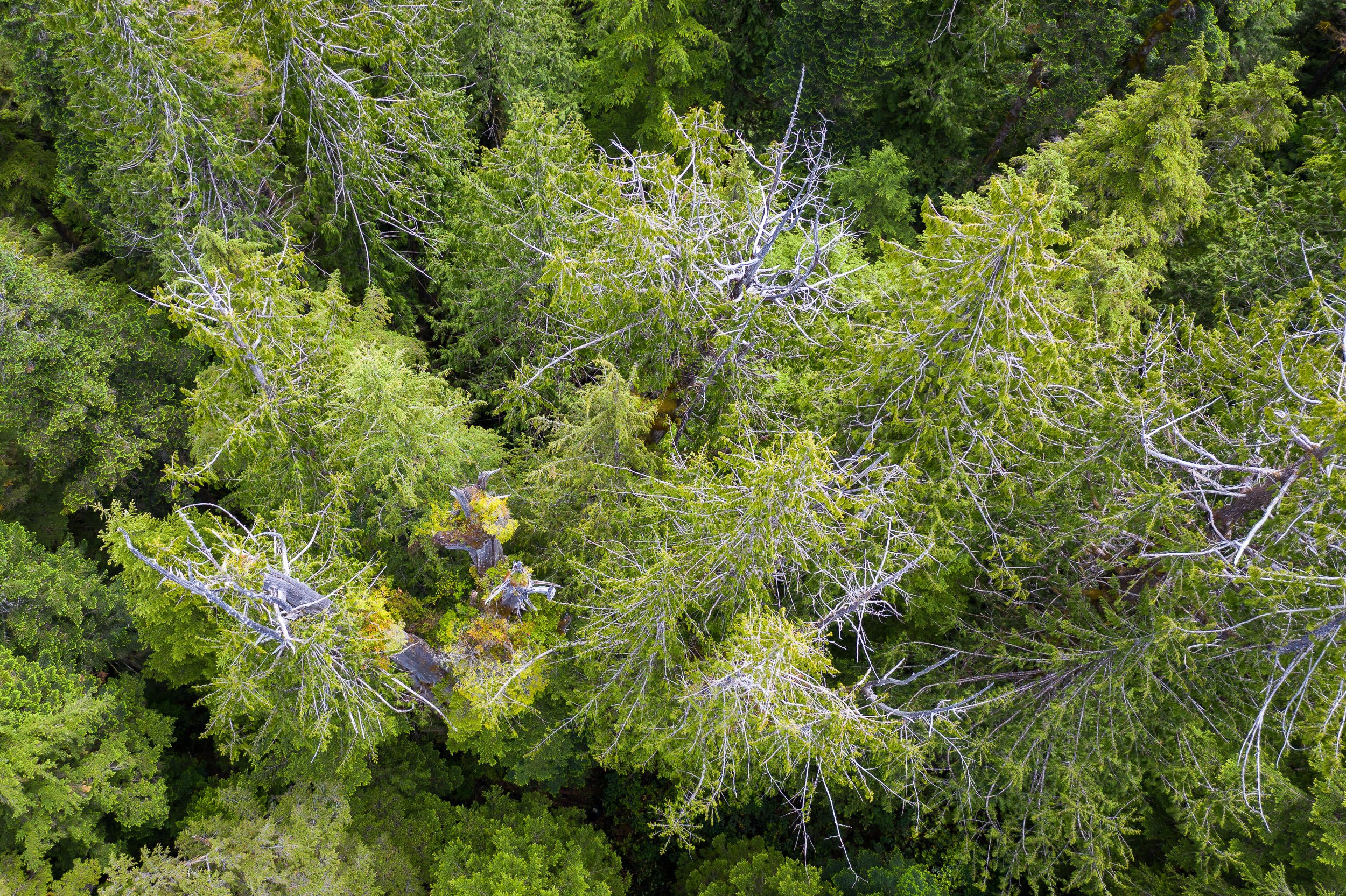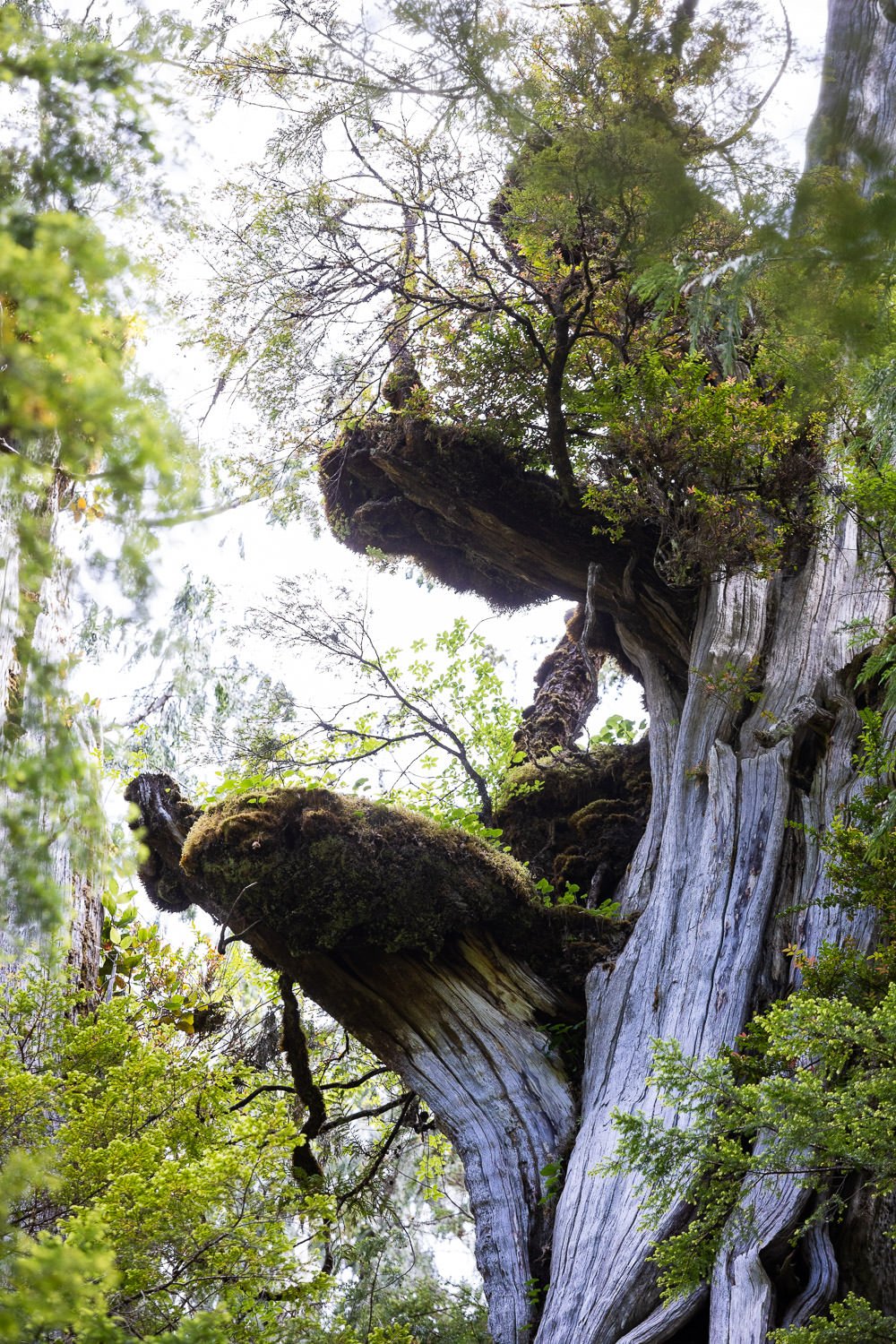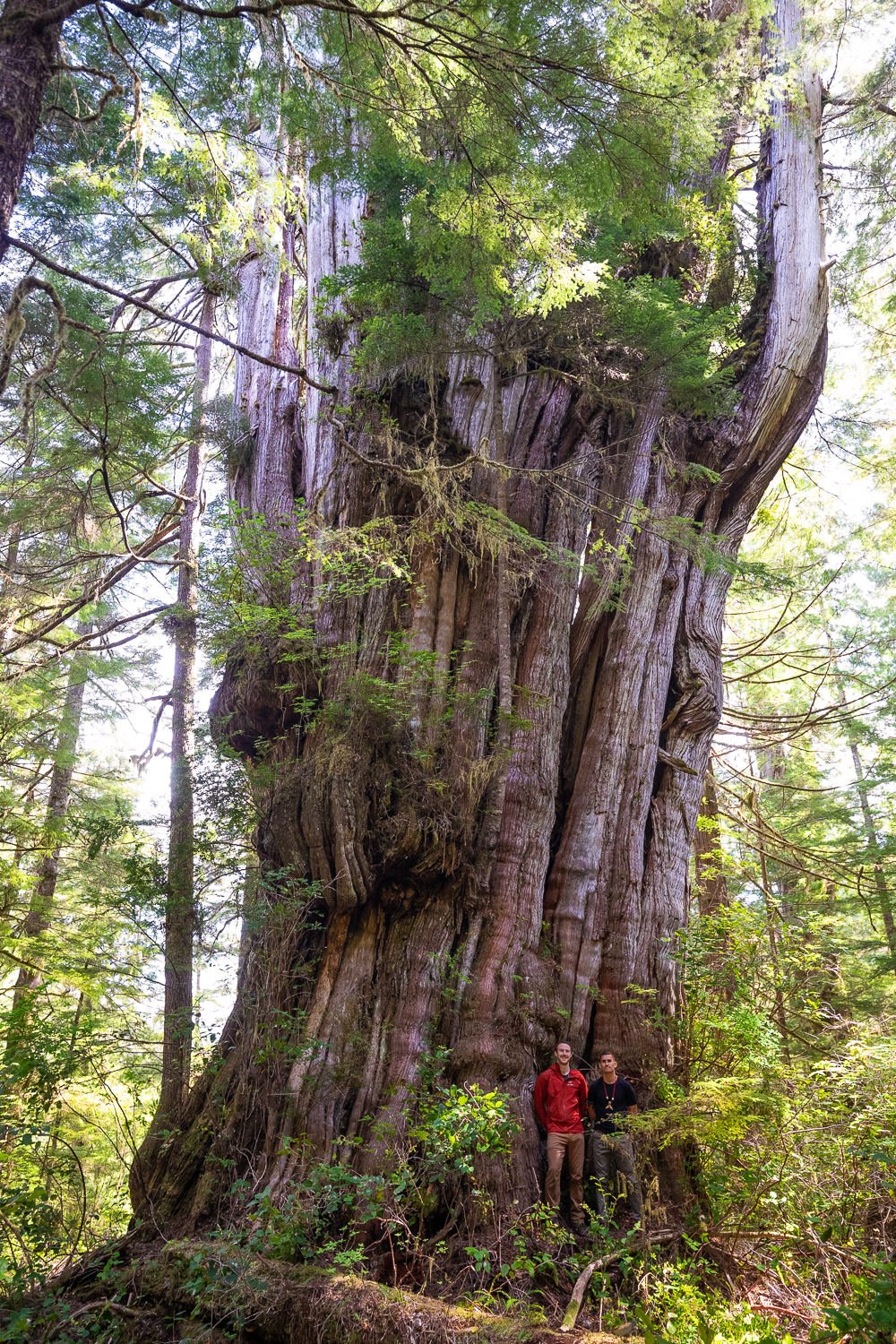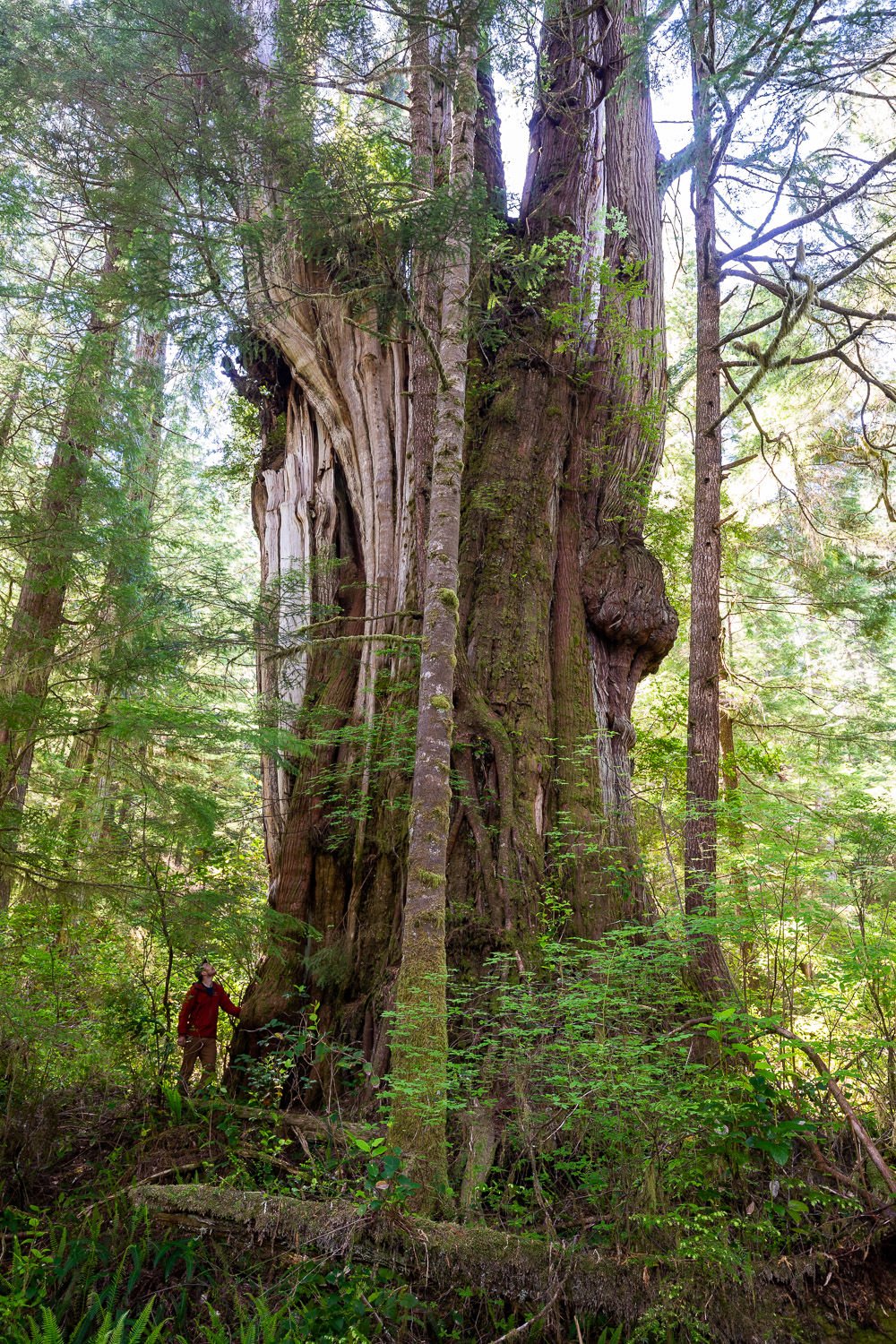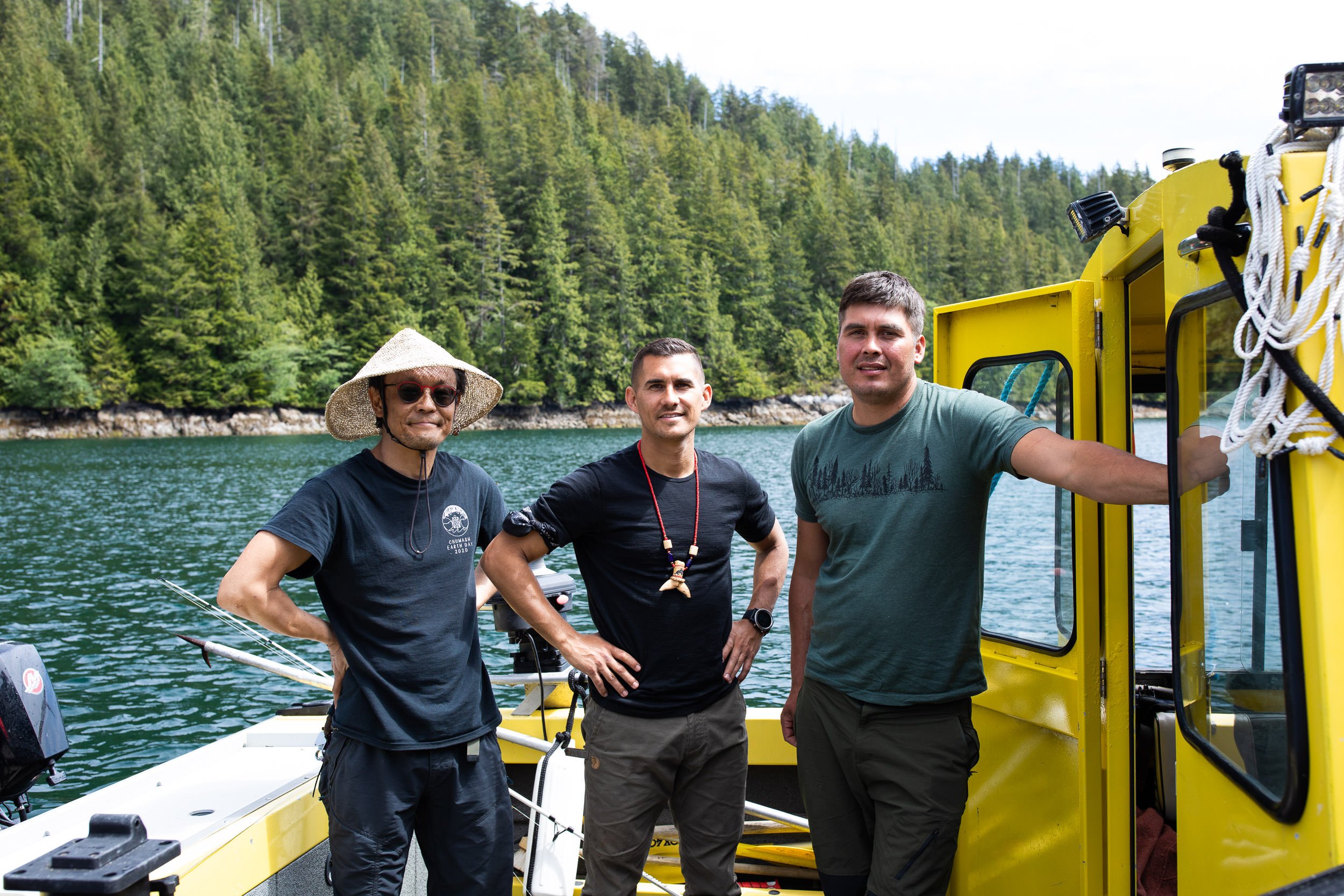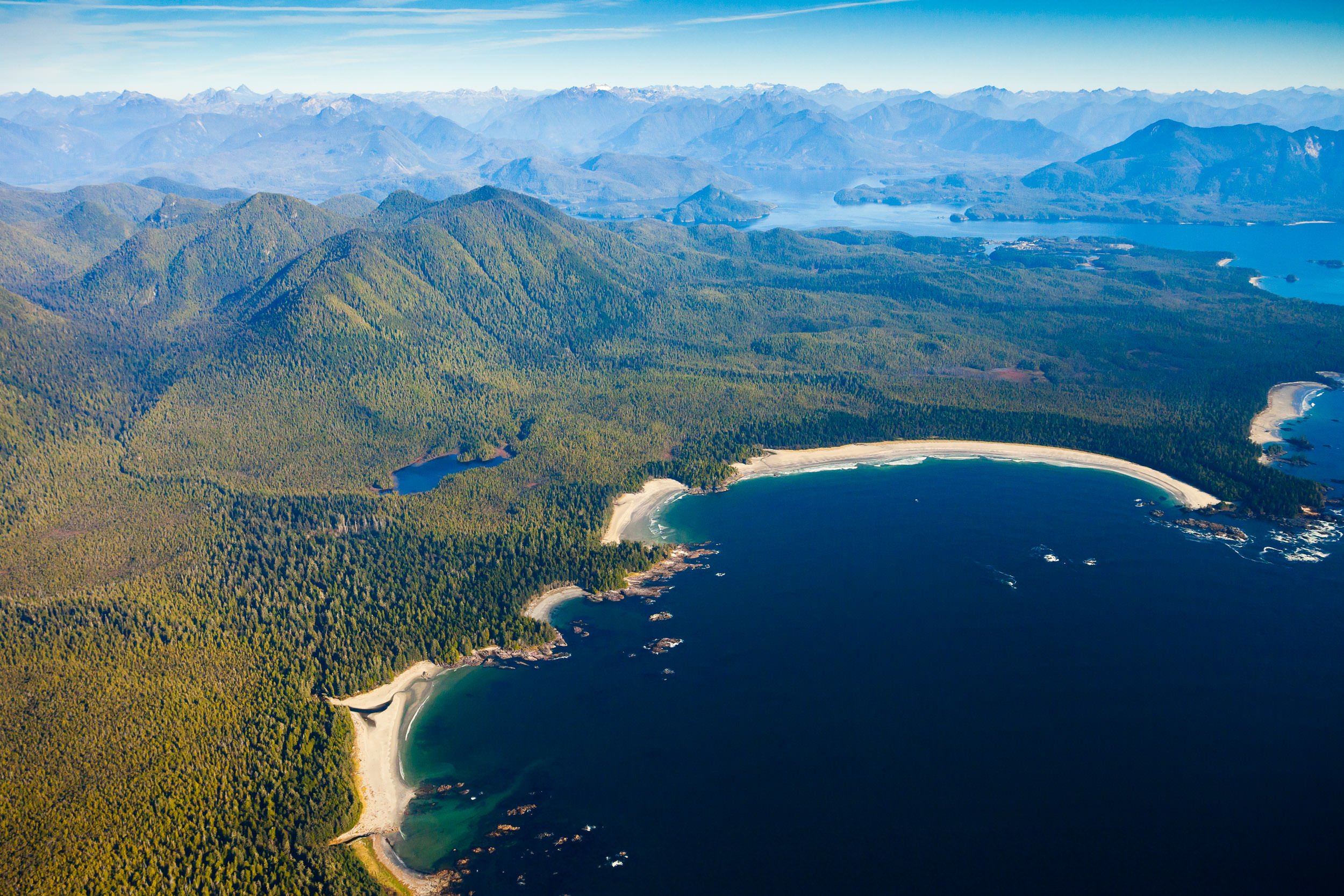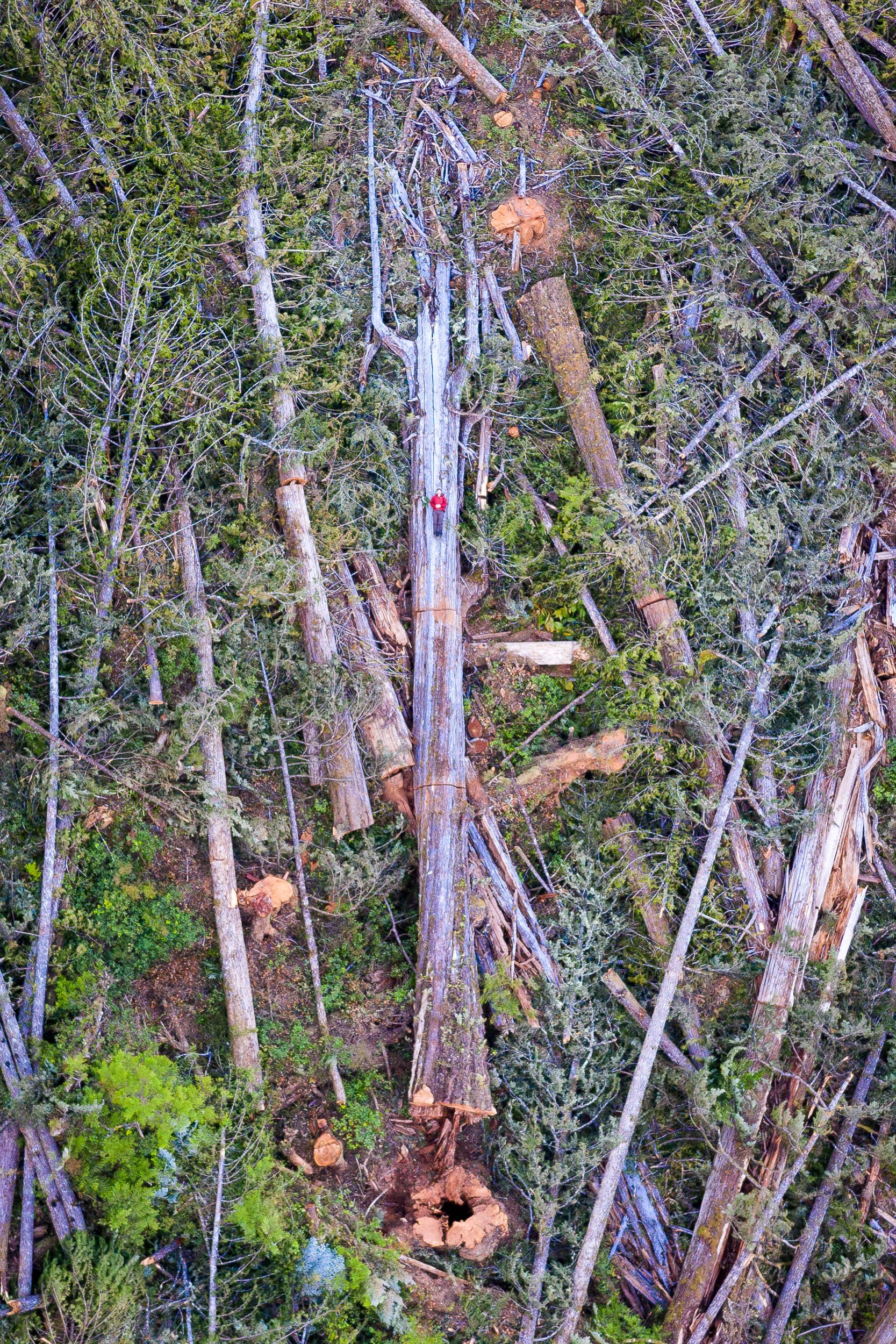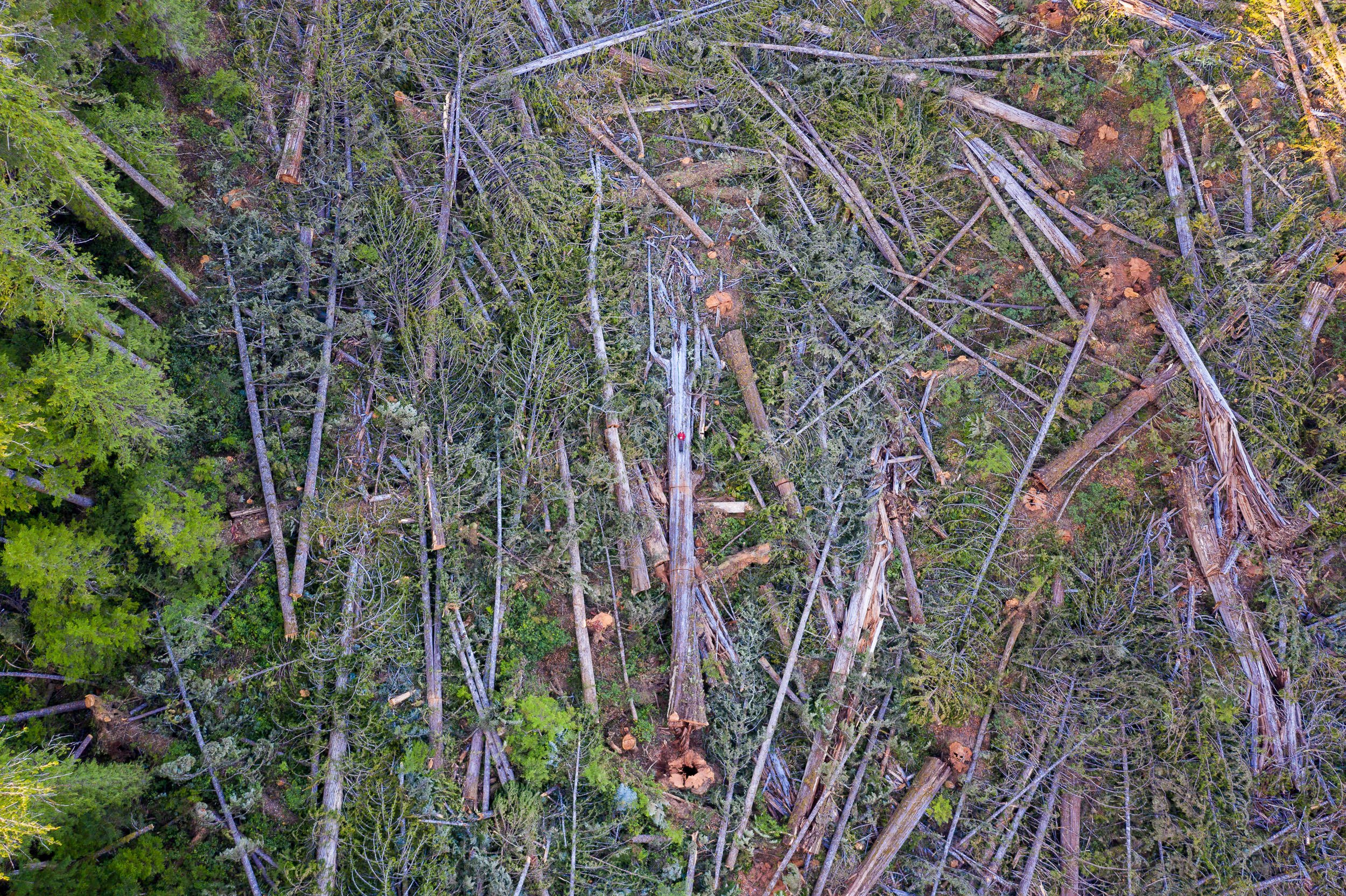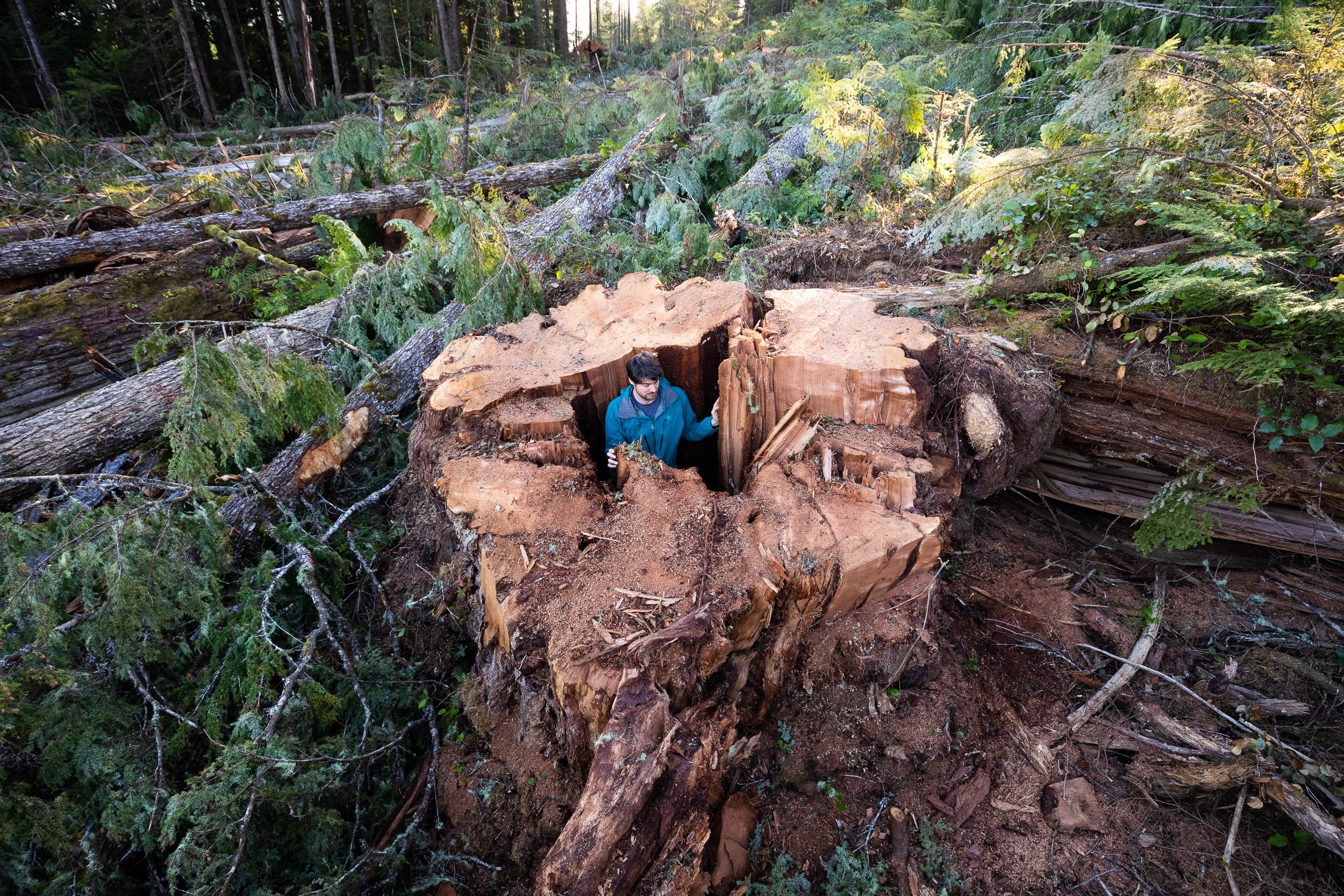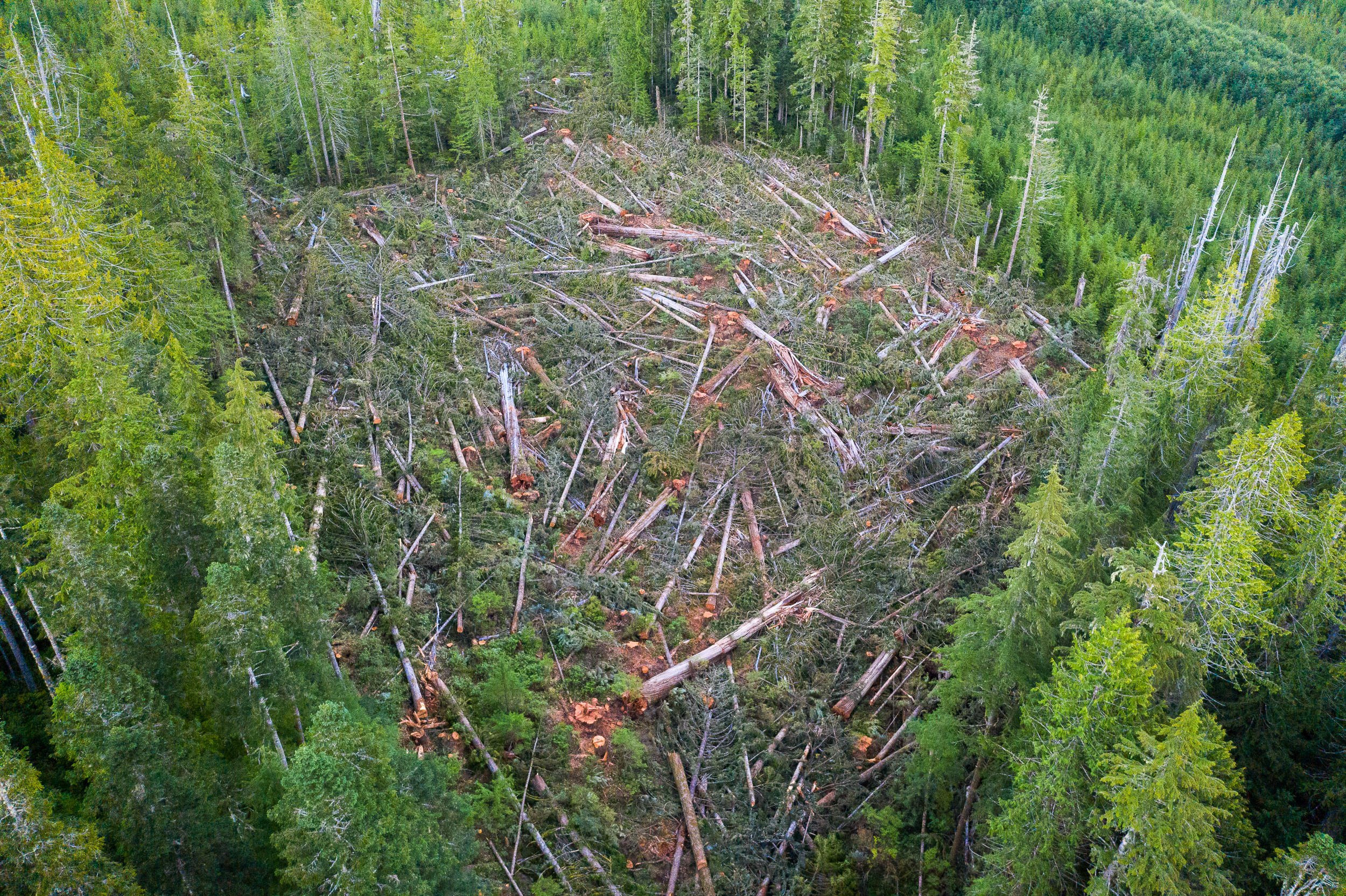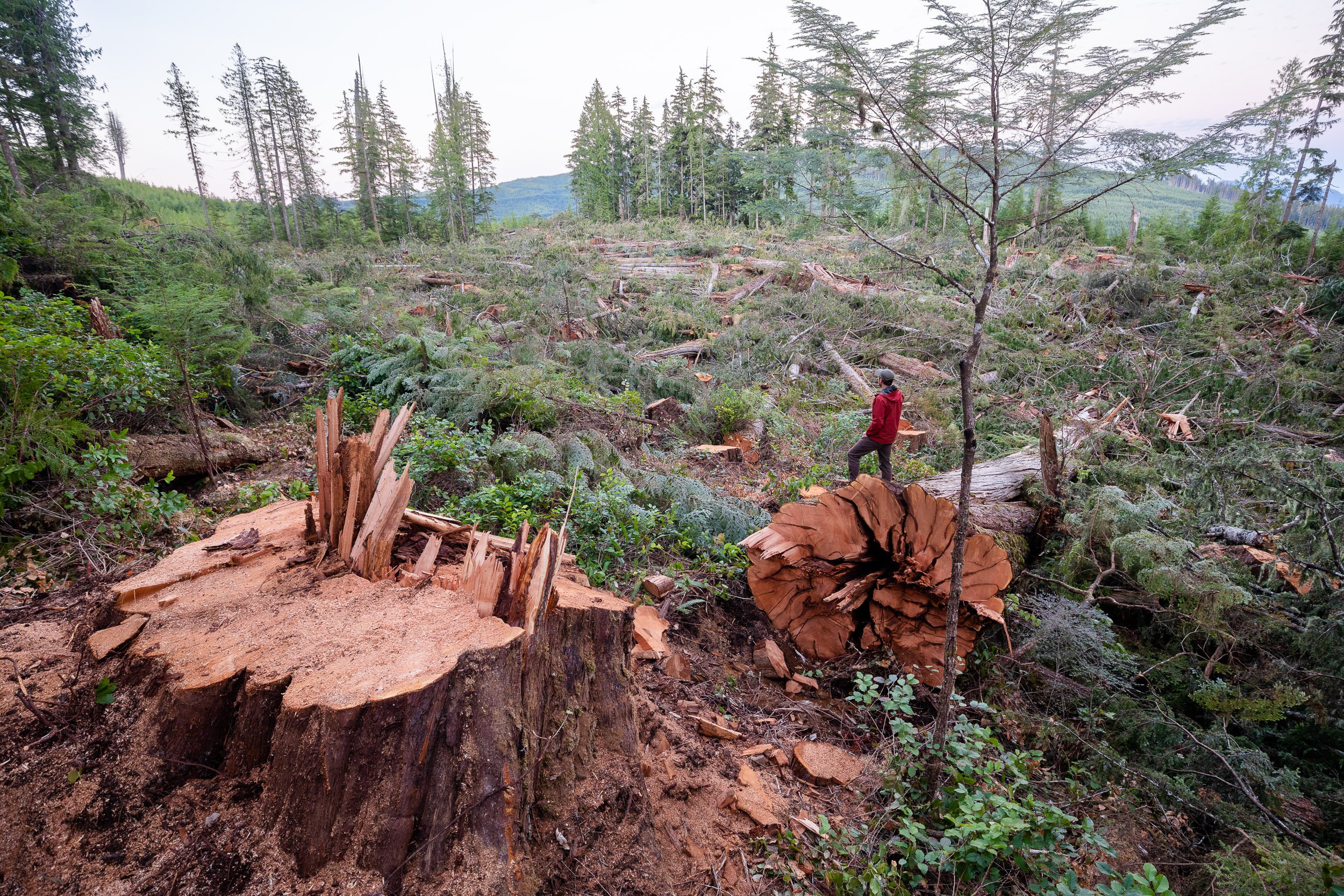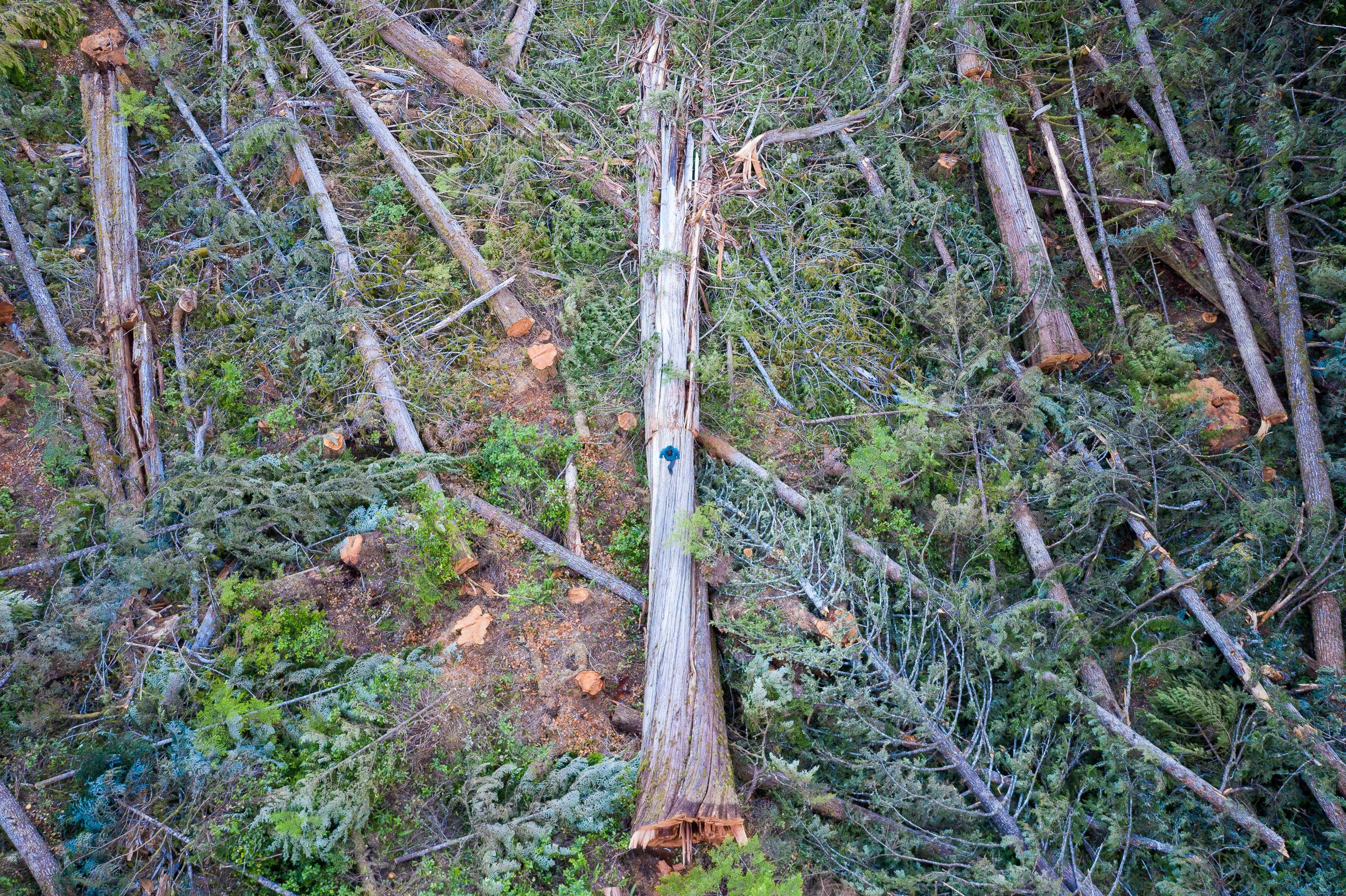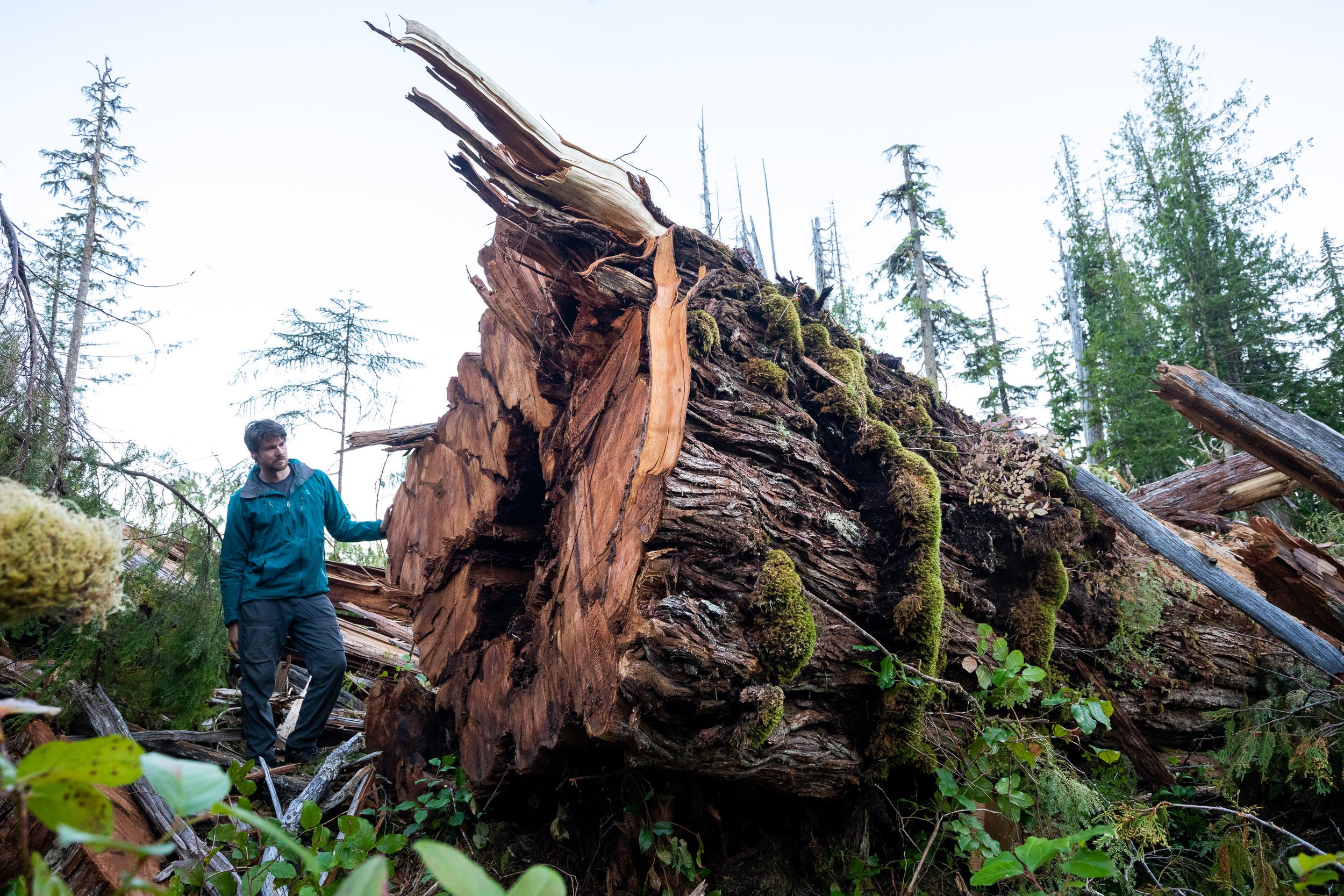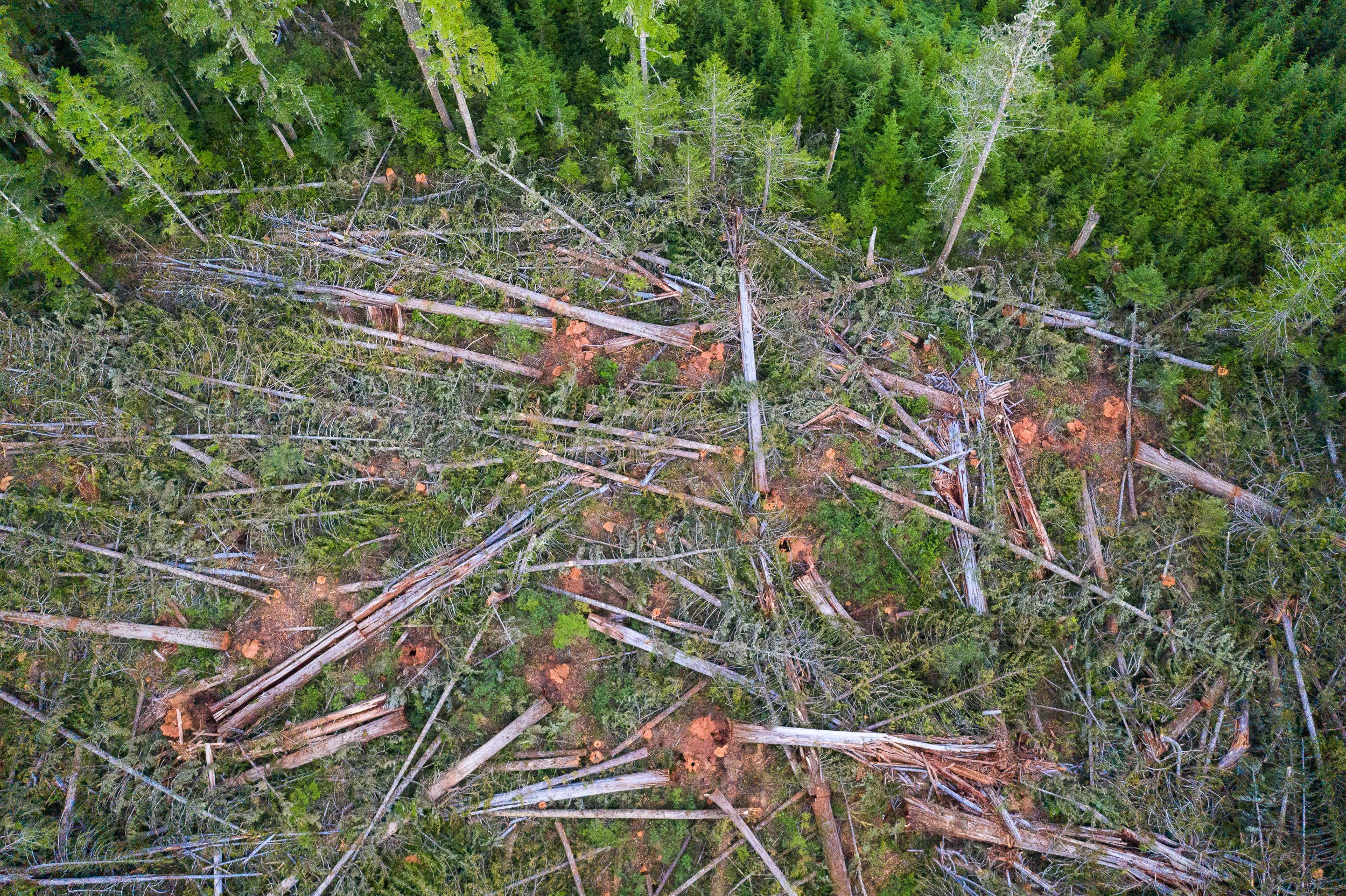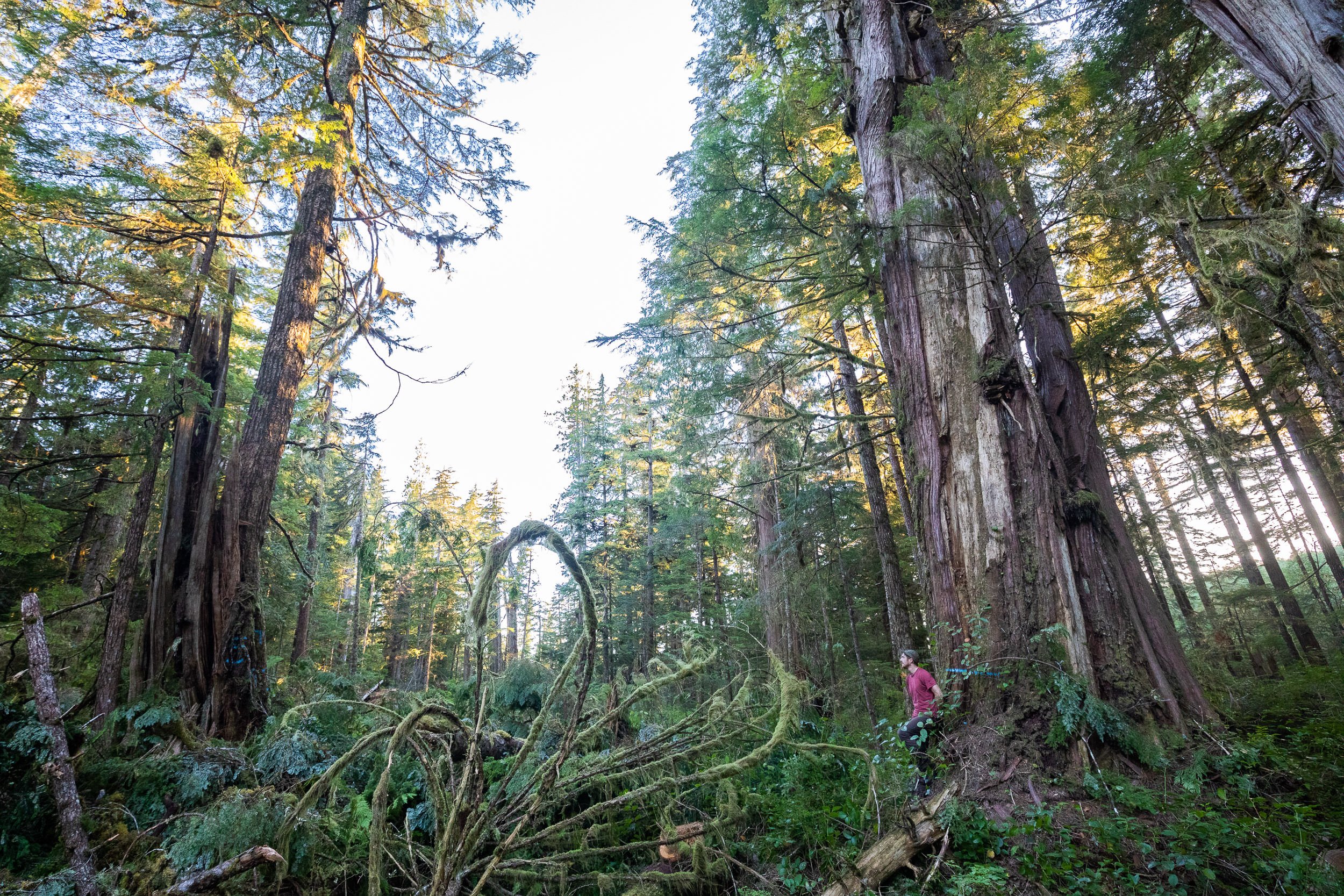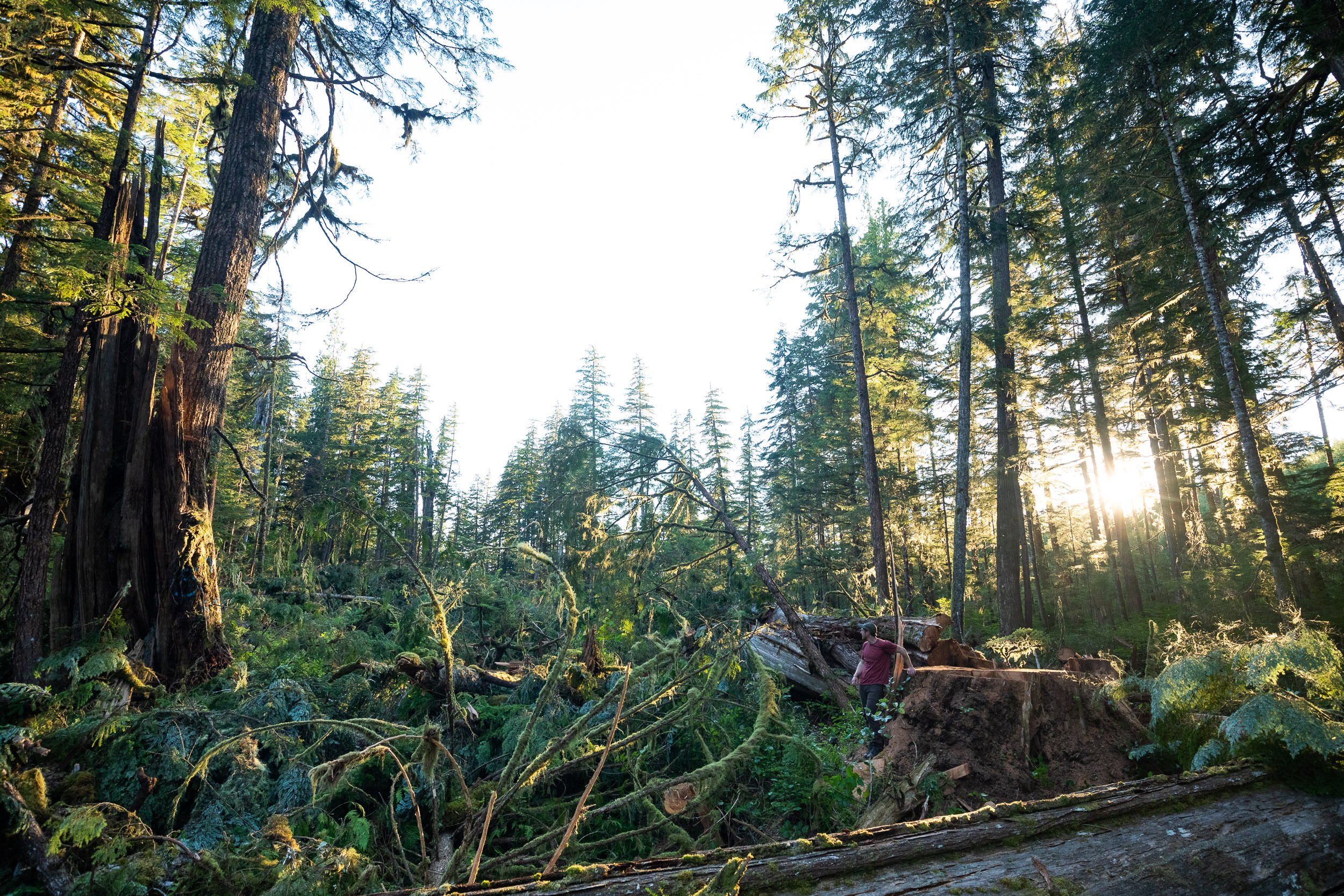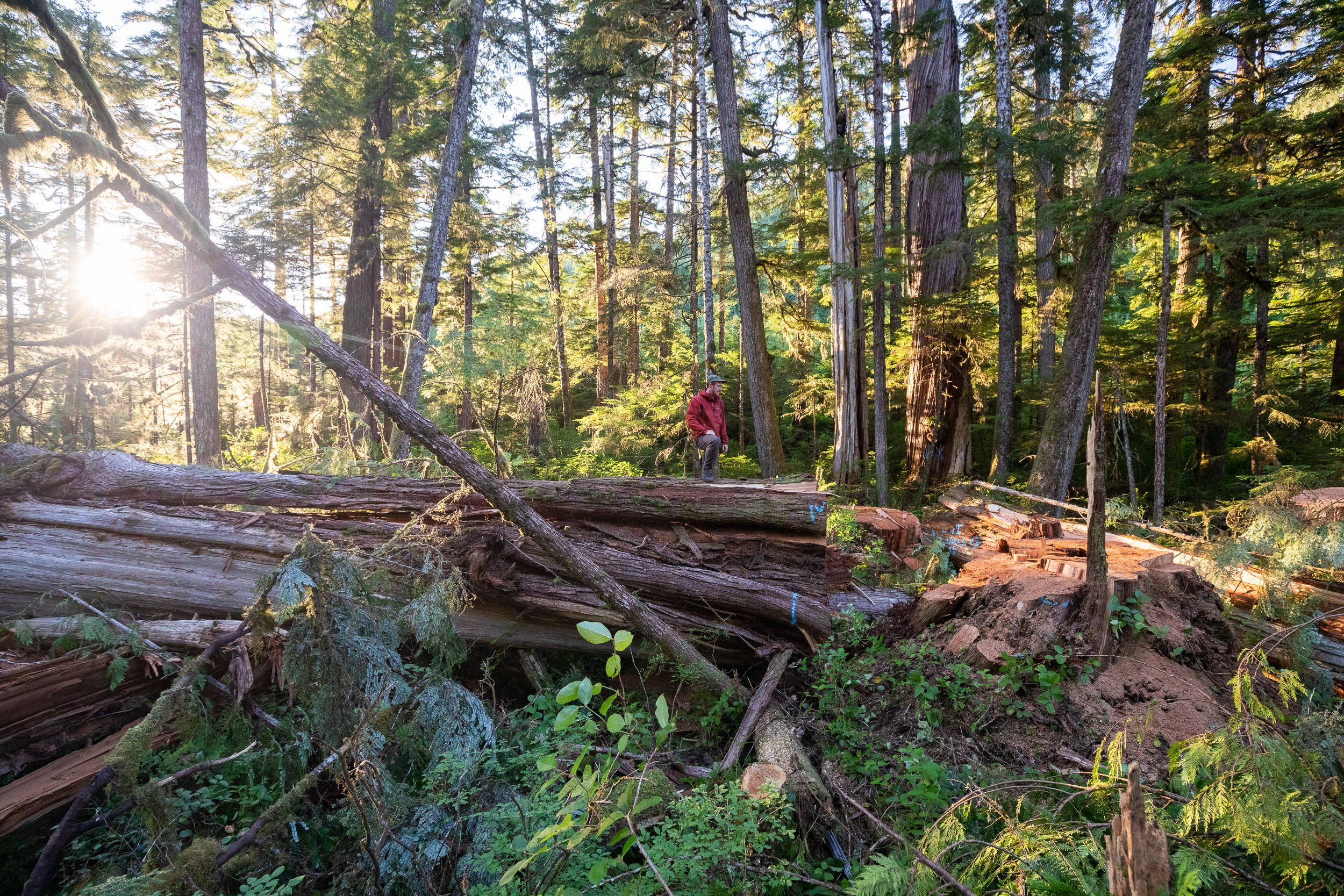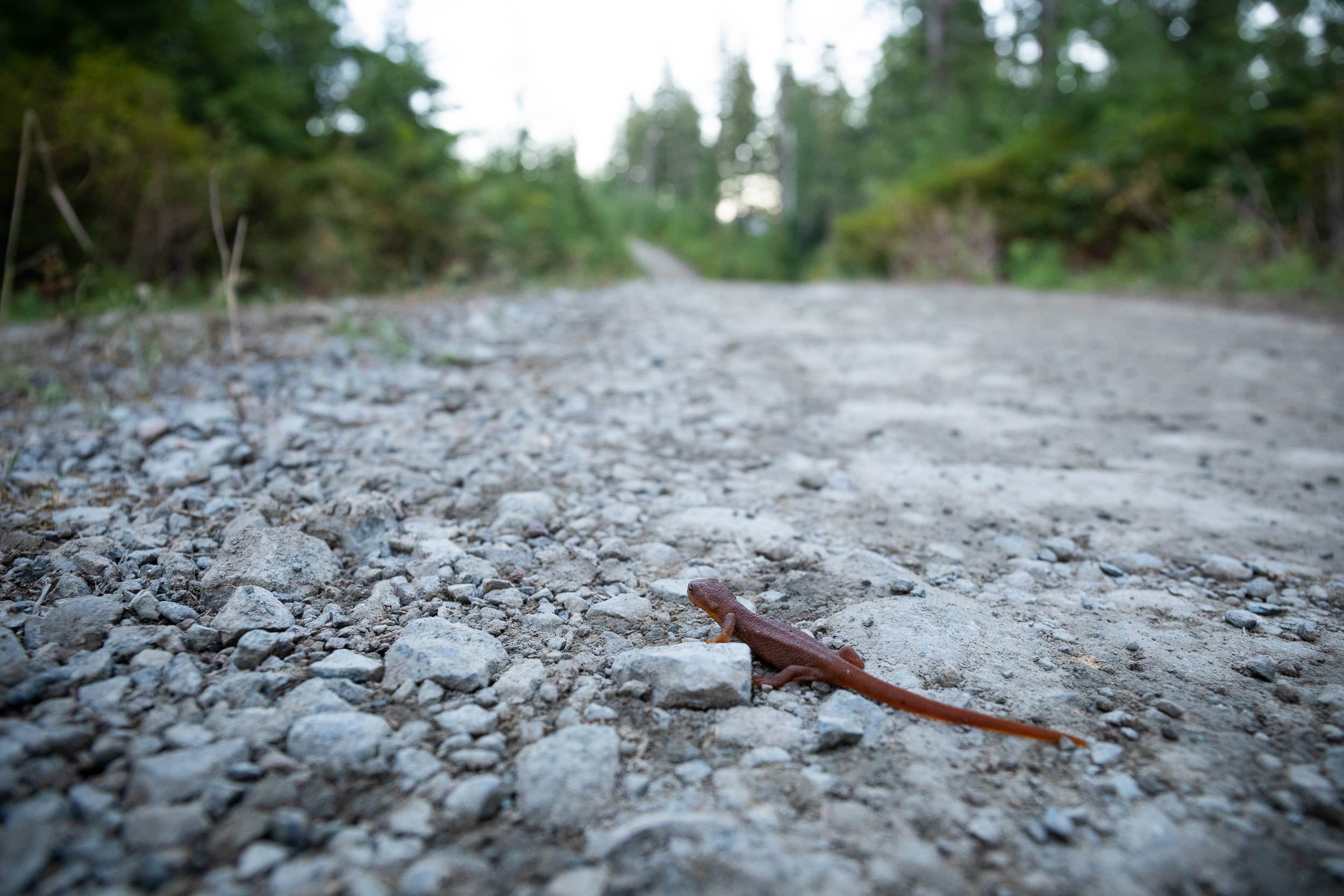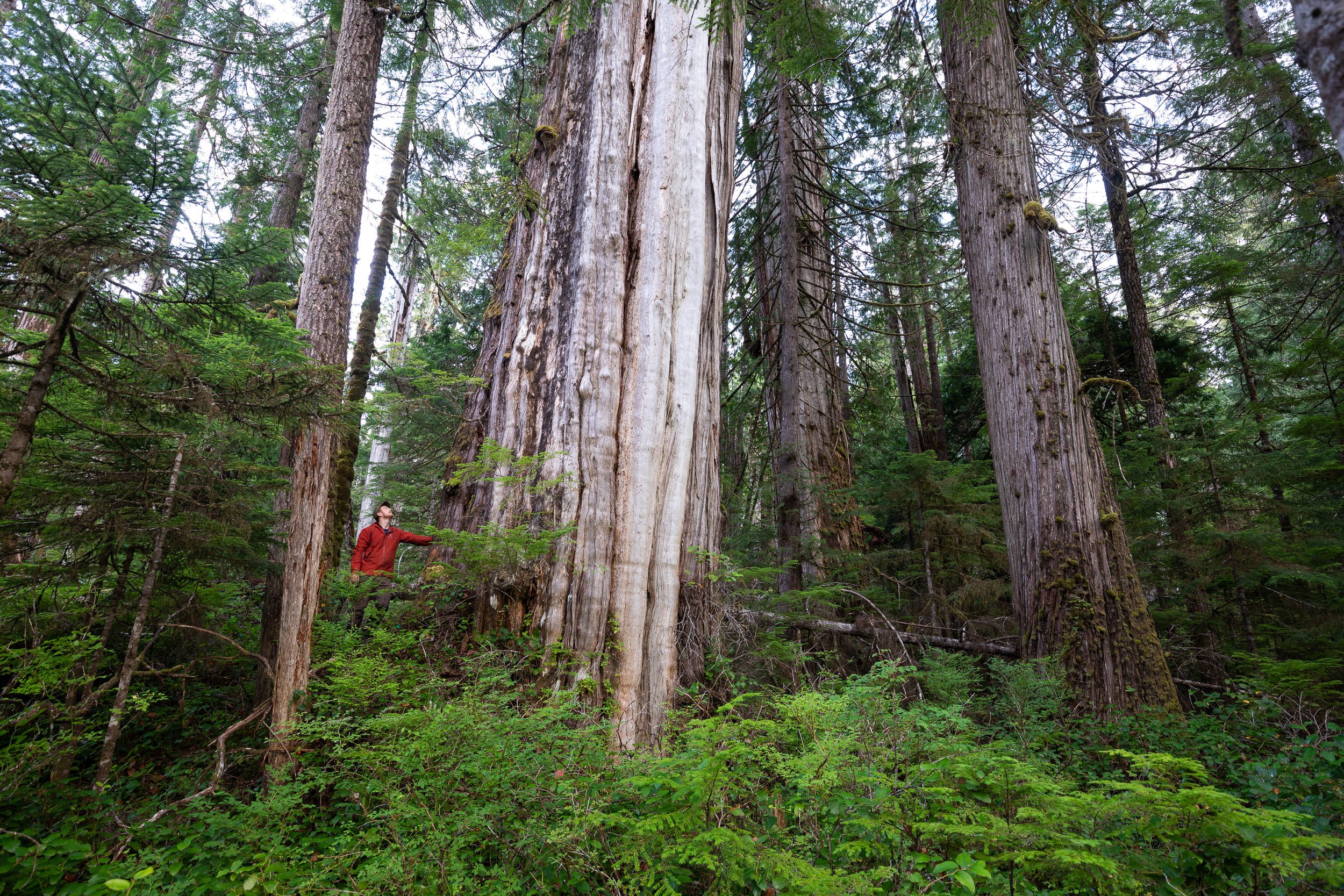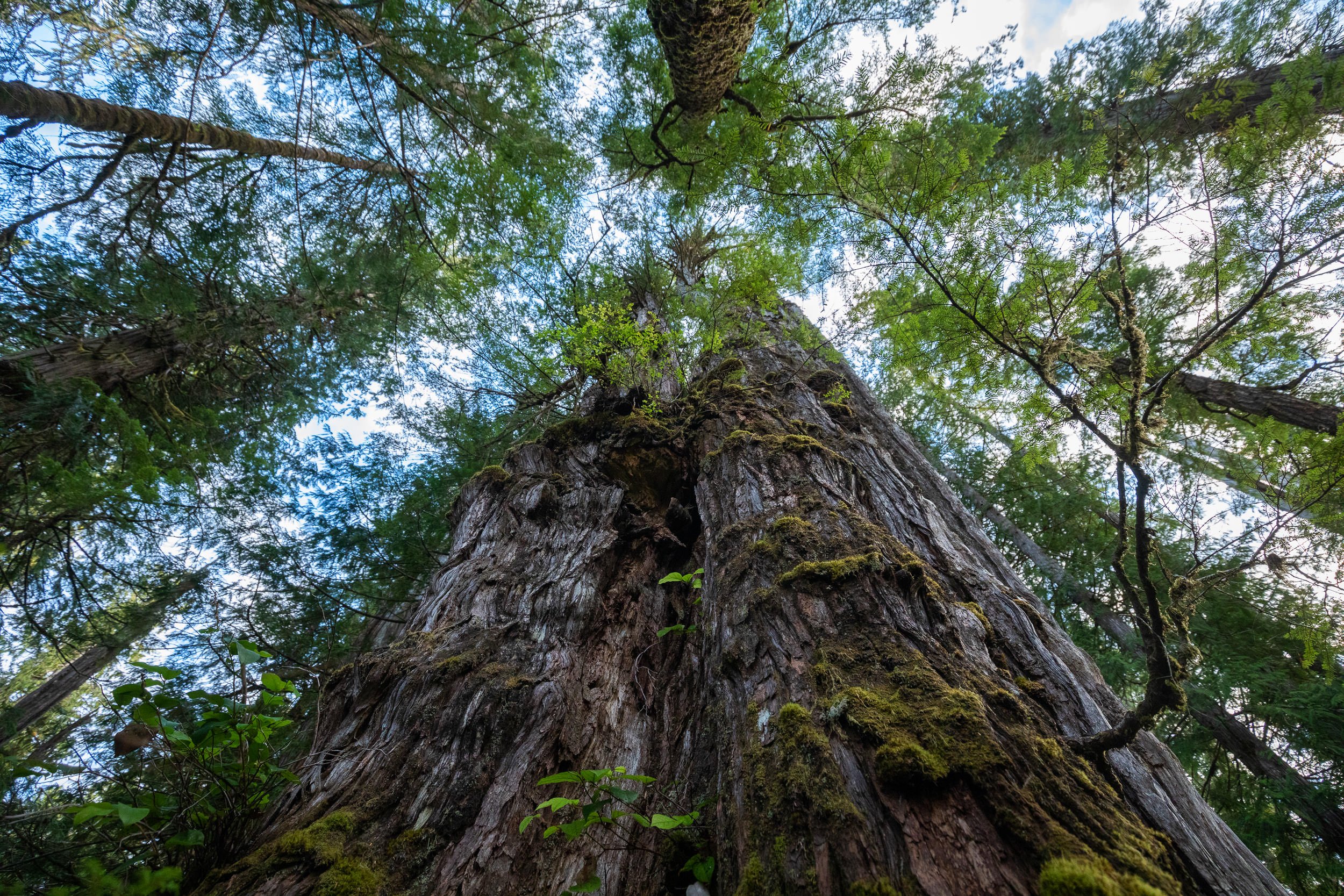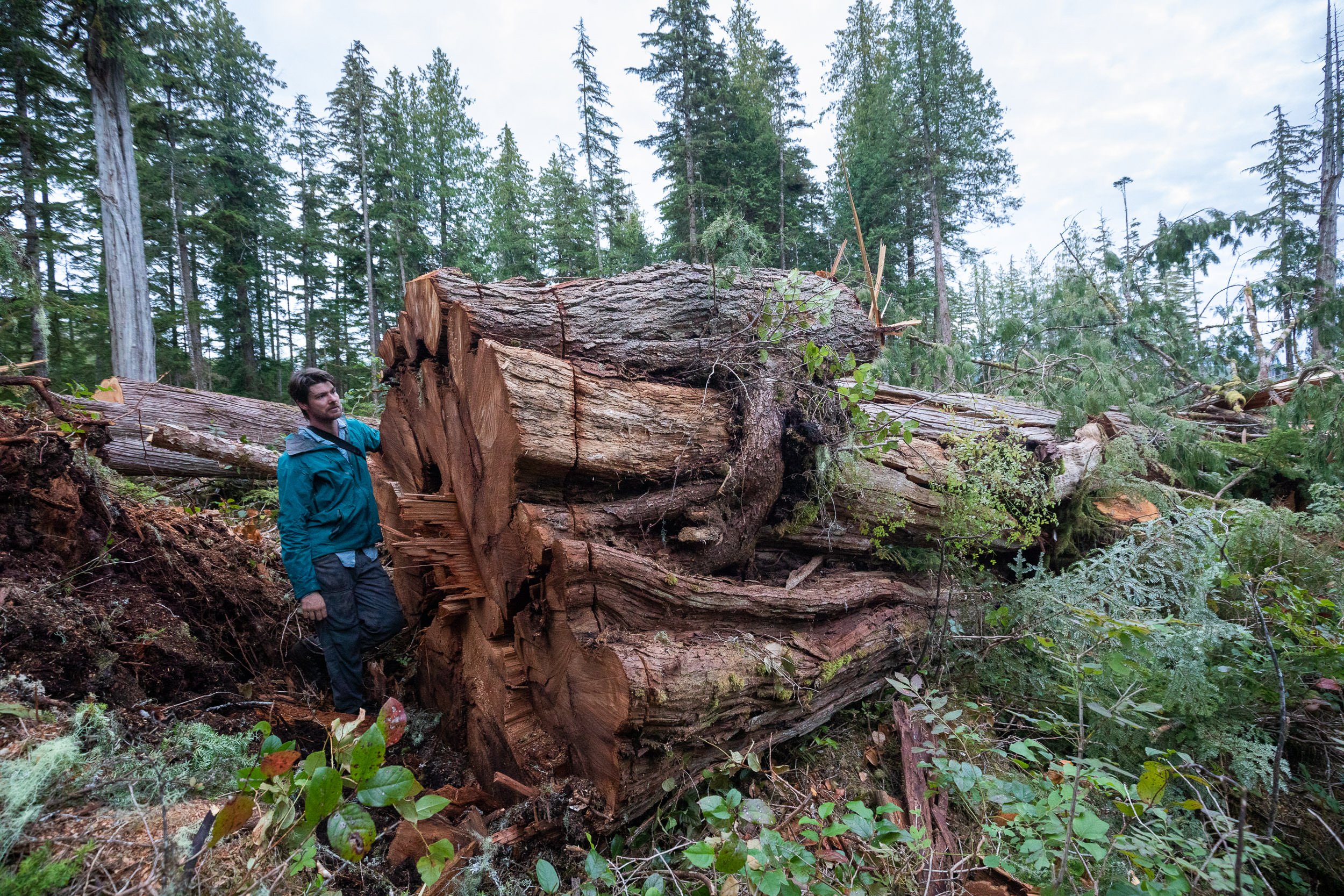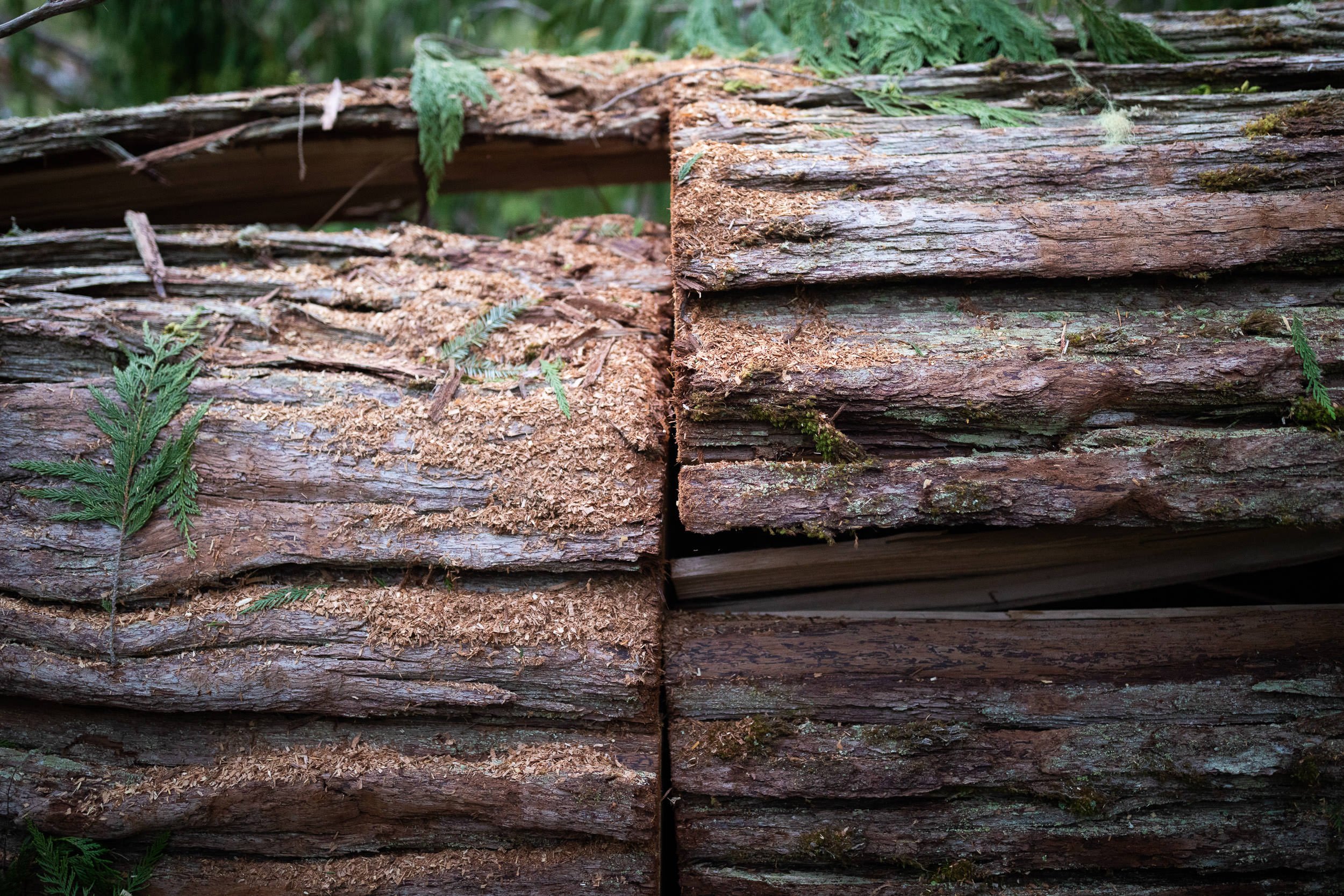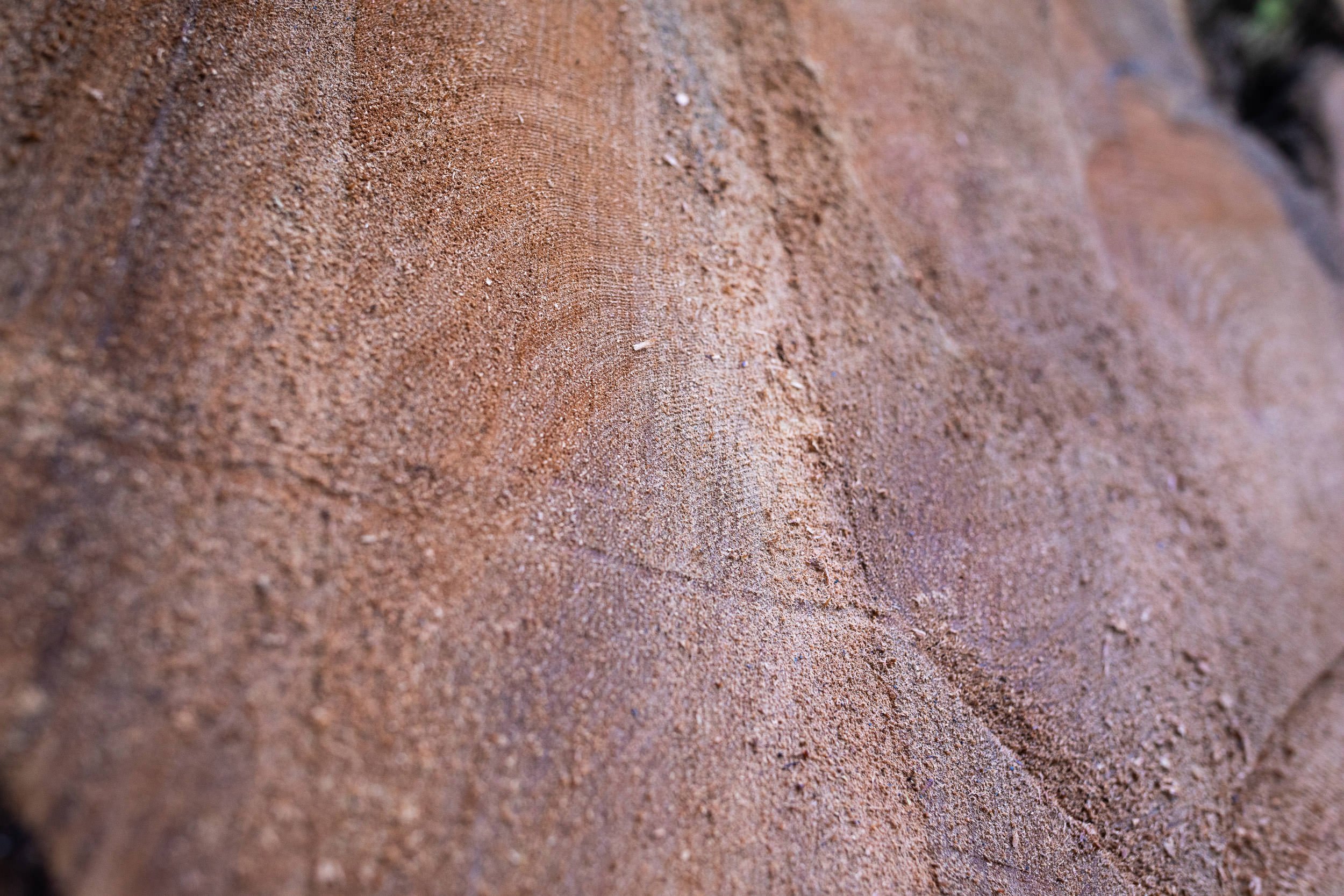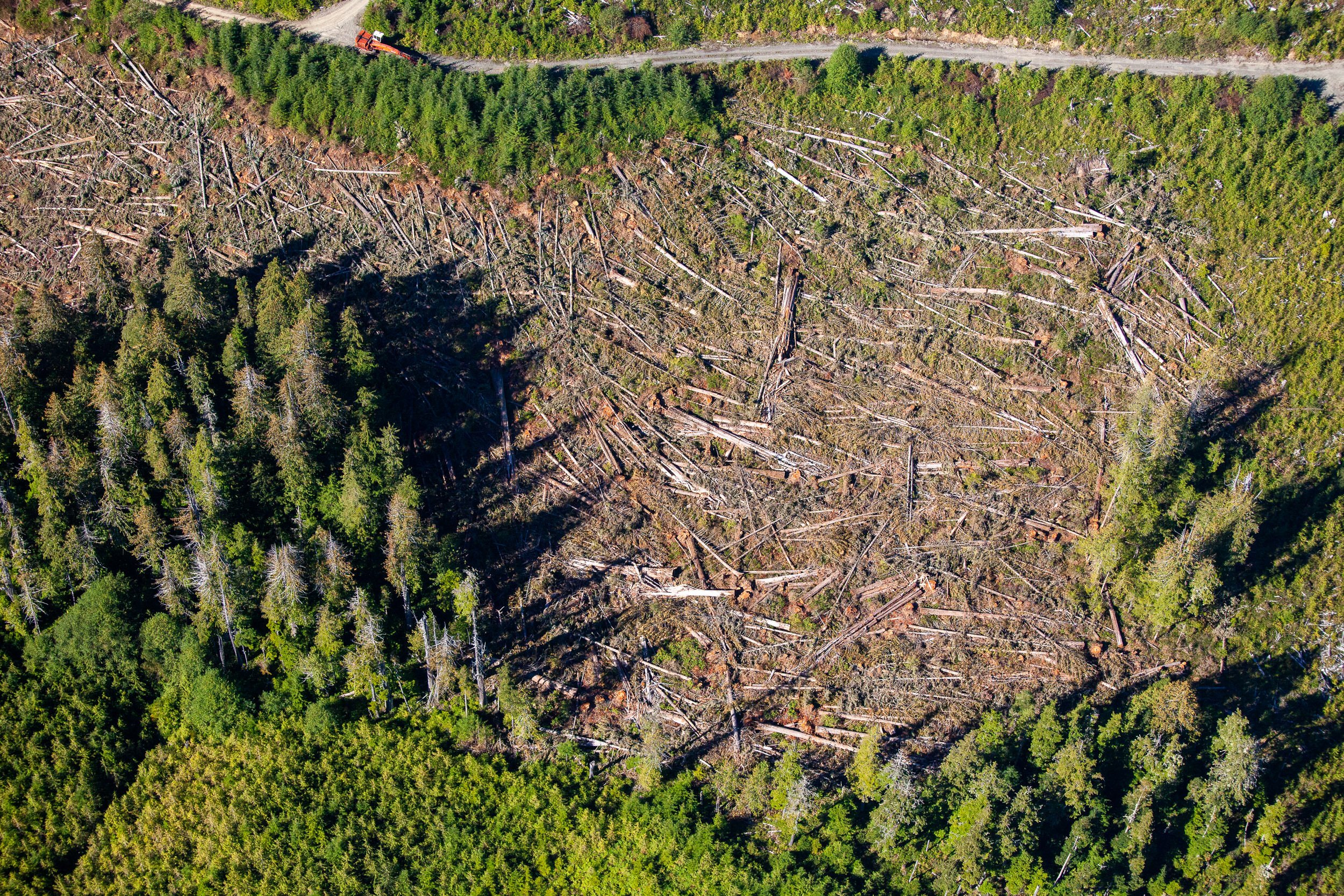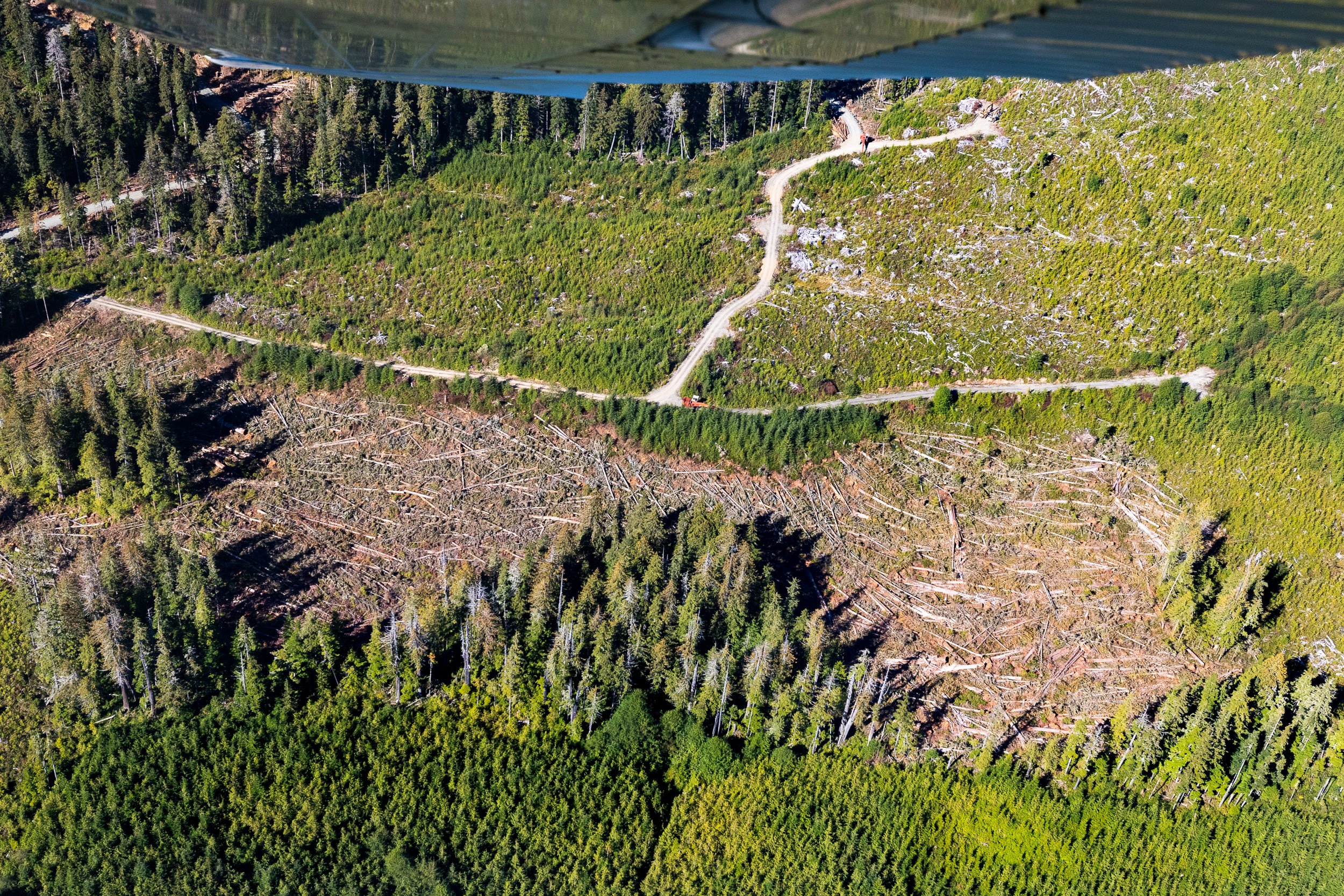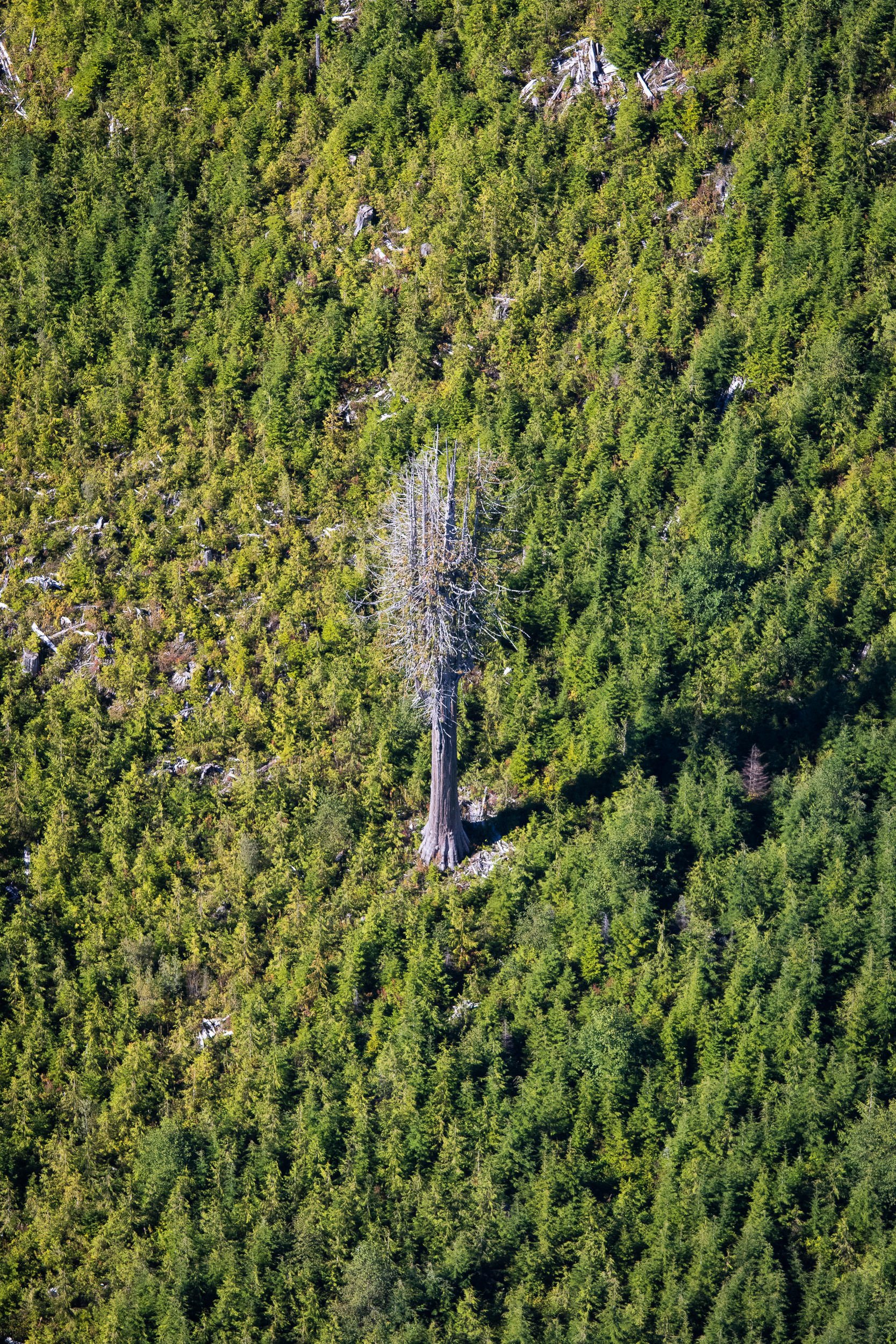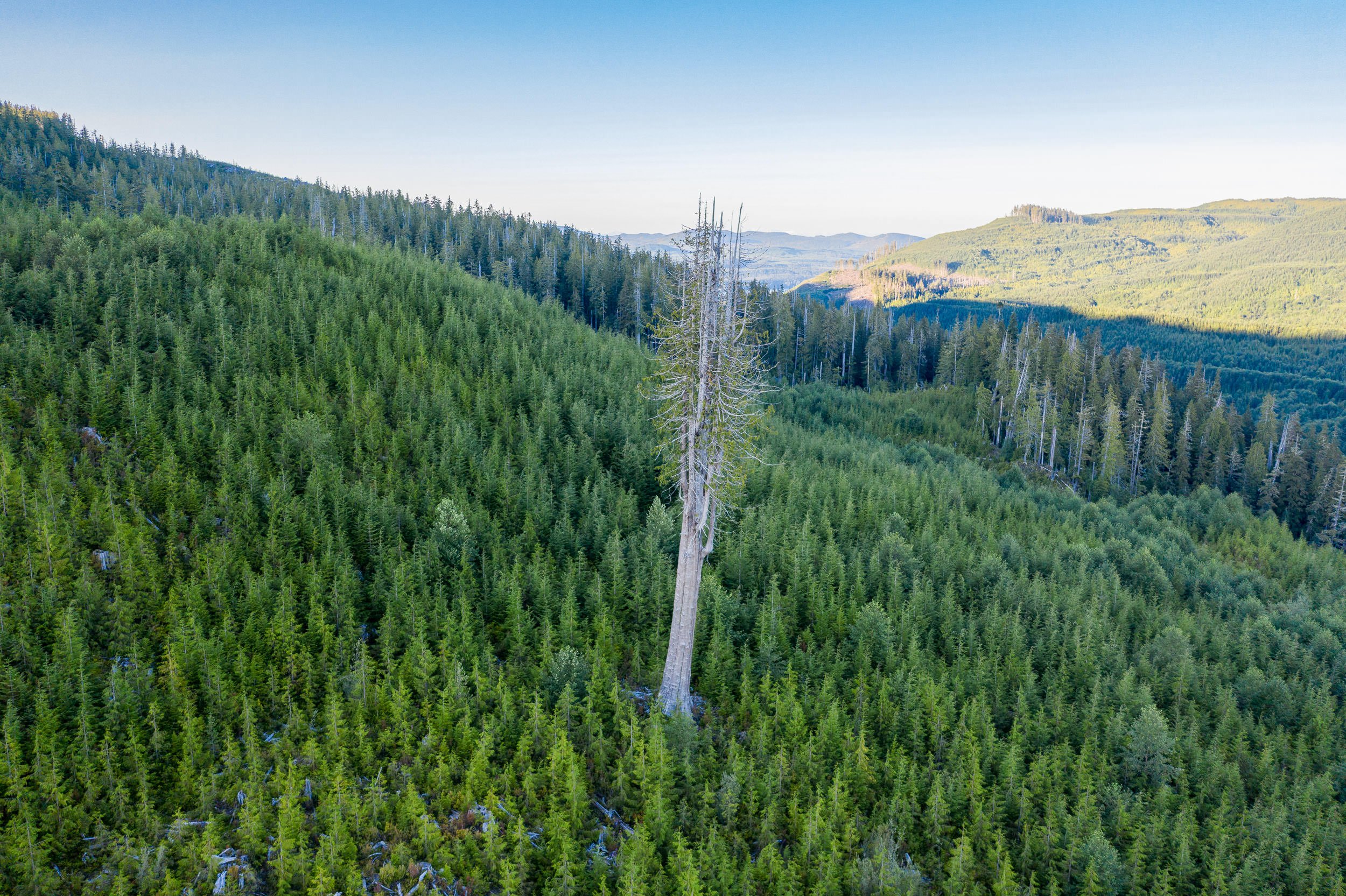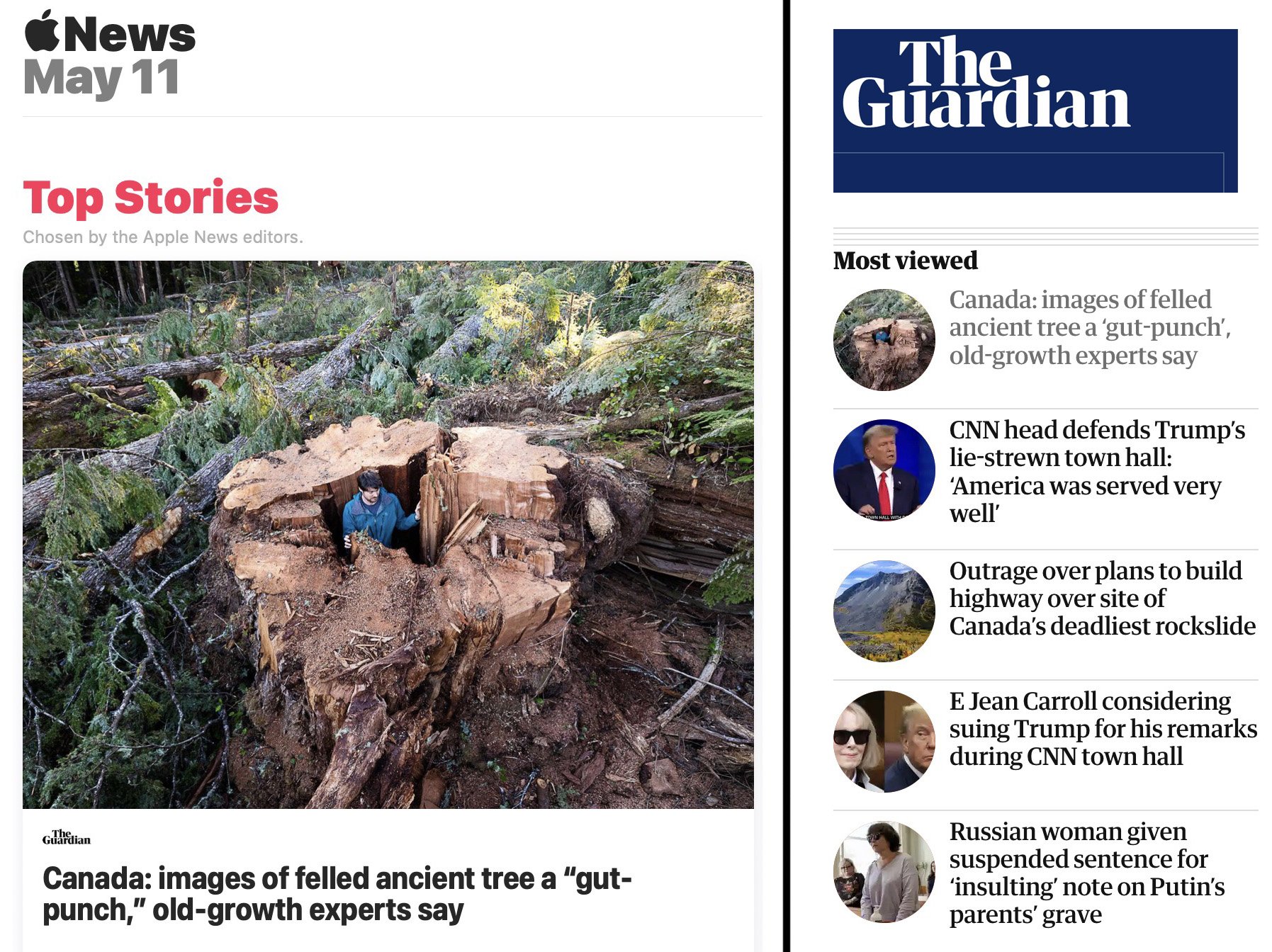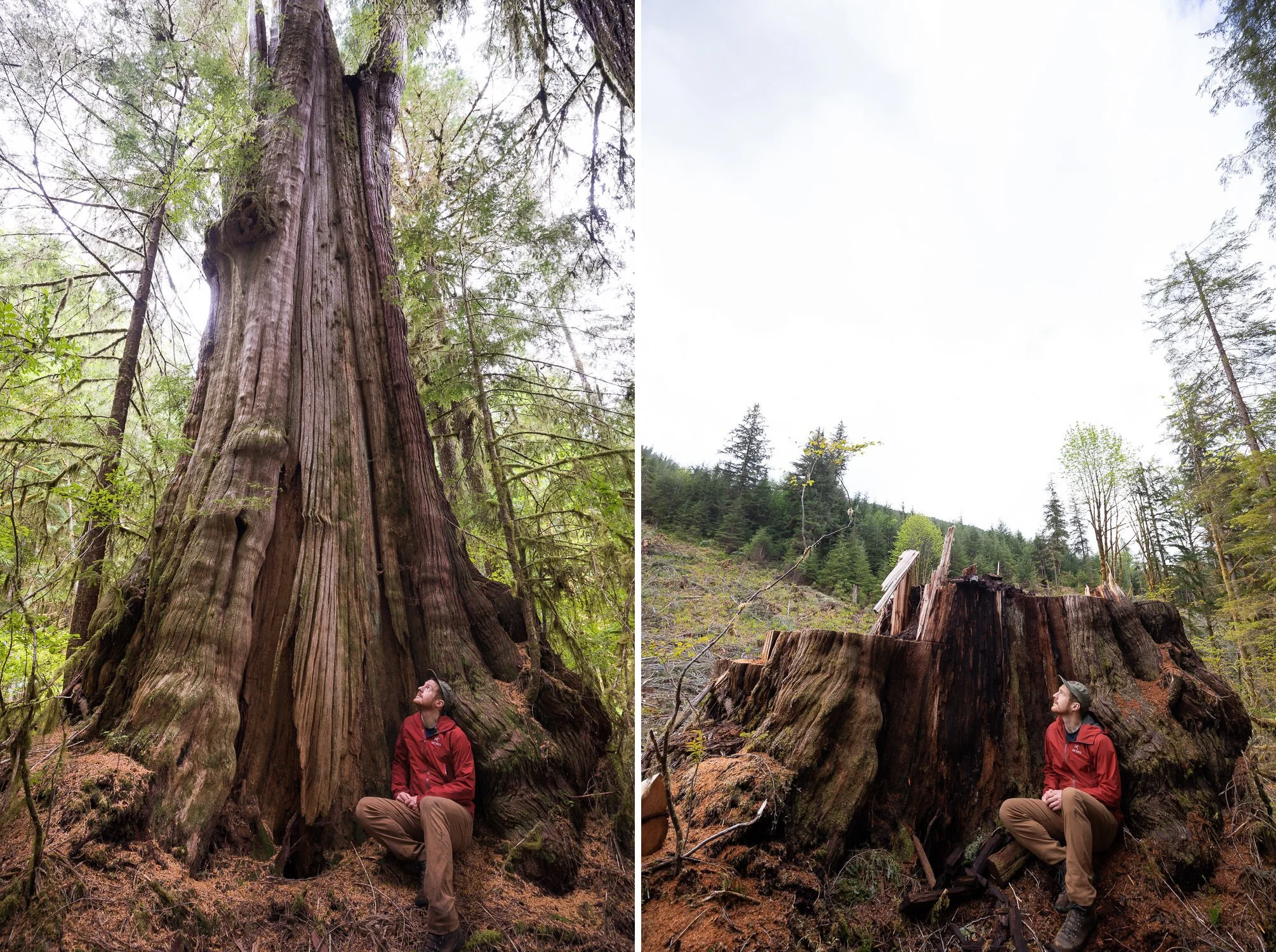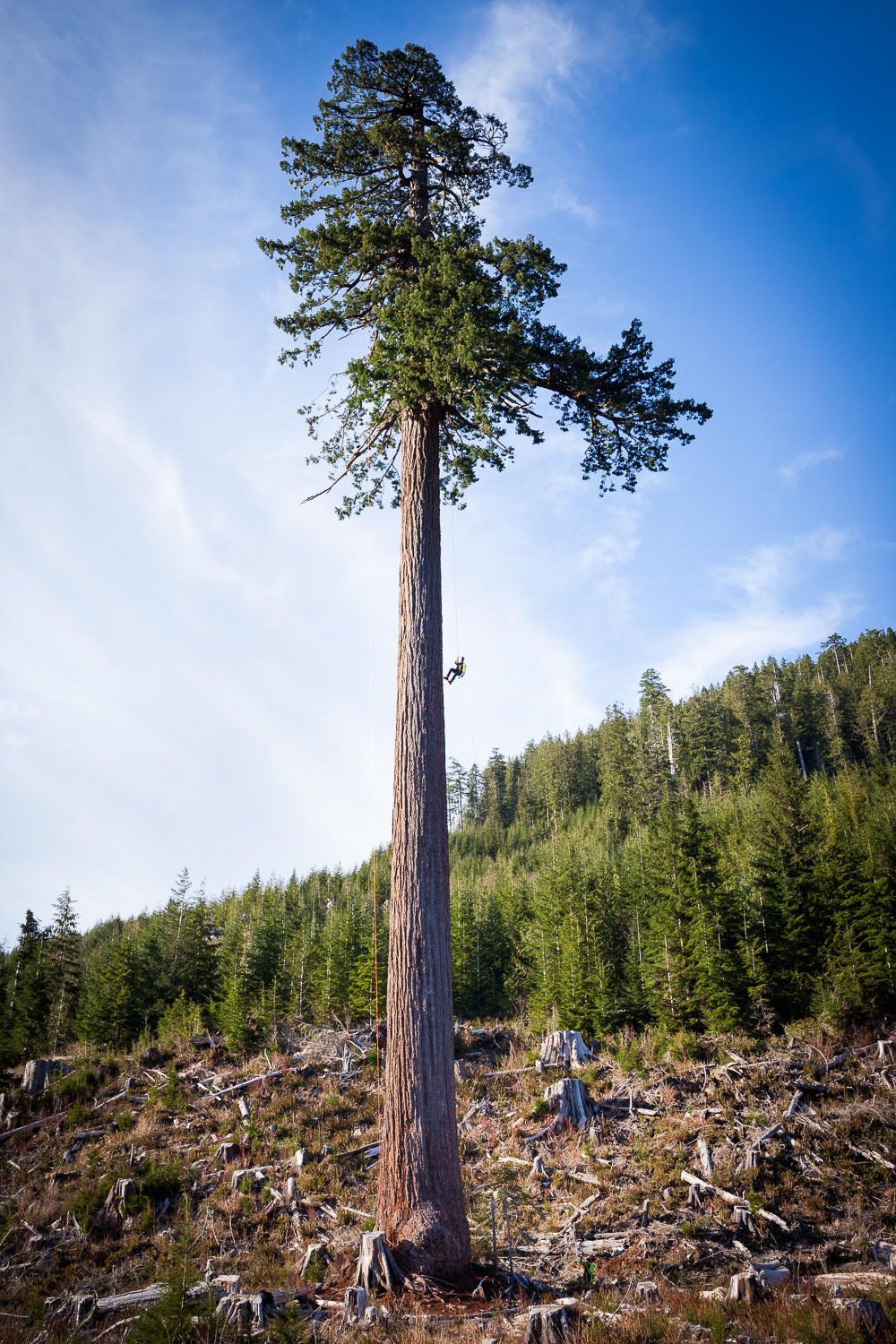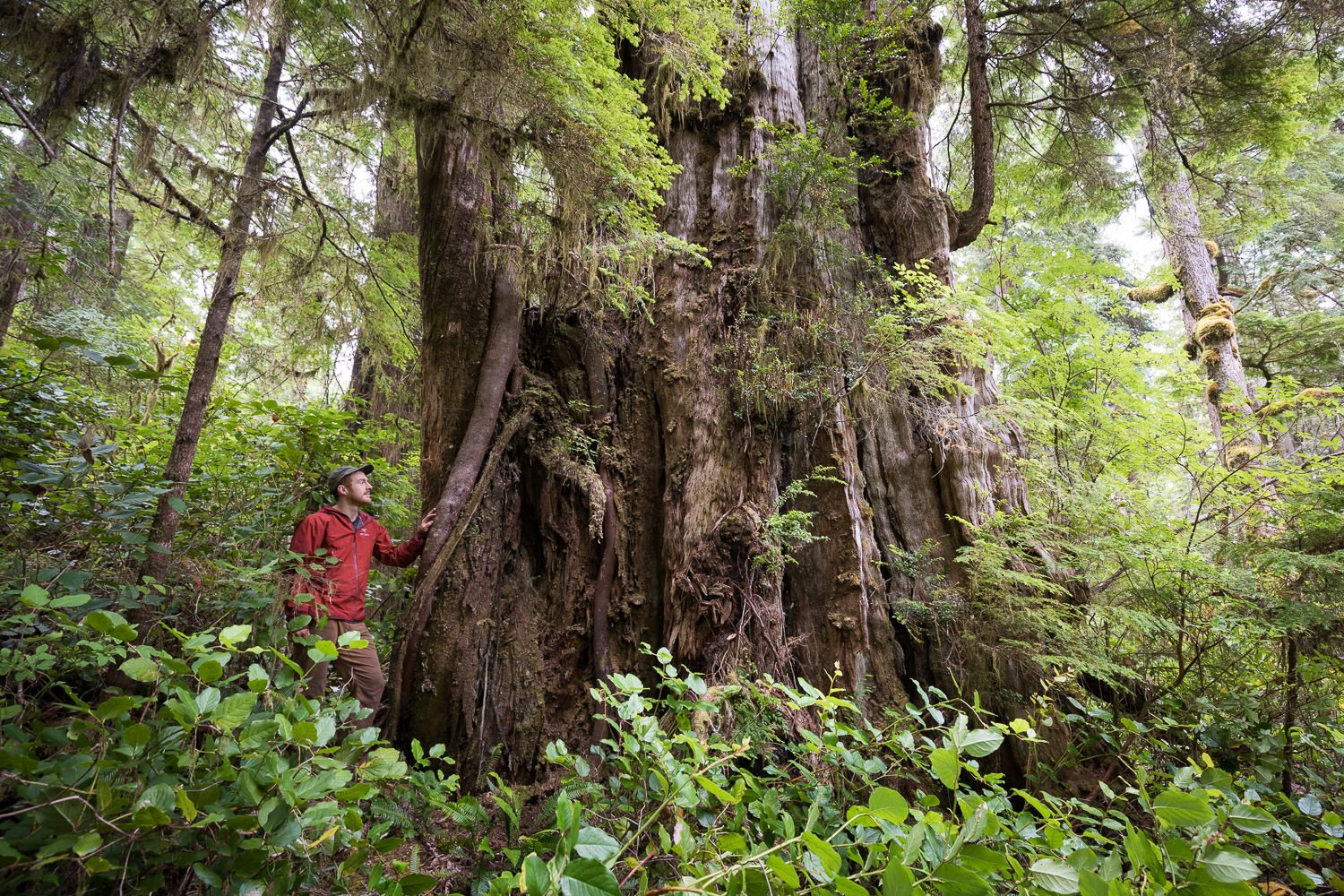This is huge - literally! I’m thrilled to share images of what may very well be Canada’s most impressive tree. This gargantuan redcedar measures over 17 ft (5 m) wide near its base and 151 ft (46 m) tall. However, unlike most other trees, its trunk gets wider going upwards, culminating in a sprawling fortress-like crown of wooden spires akin to a massive wooden wall of an ancient castle.
This giant could possibly have the largest or near largest wood volume of any tree in Canada for about the first 50 feet of its trunk - the part you see and experience from the ground. This would make it, experientially, perhaps the most impressive tree in Canada, despite other cedars being taller or ranking higher overall.
It grows in a remote region of Flores Island in Ahousaht territory in Clayoquot Sound, BC, and has so far garnered the nickname ‘The Wall’, or ‘ʔiiḥaq ḥumiis’, meaning ‘big redcedar’ in the Nuu-chah-nulth language. The exact location has been asked to be kept private at this time.
I first located and photographed the tree while exploring with my friend, Nathaniel Glickman, as part of my project work as a National Geographic and Royal Canadian Geographical Society Explorer. Approaching it for the first time, I was almost in disbelief that it could be real. The scale of its looming trunk and sprawling canopy was absolutely mind-blowing. It's like a living fortress. In my nearly twenty years of searching for the biggest trees in BC, coming across this one has been the pinnacle of my career thus far.
In the spring of 2023, I returned with Tyson Atleo, Hereditary Representative of the Ahousaht Nation and the Natural Climate Solutions Program Director of Nature United, and members of the Maaqutusiis Hahoutlhee Stewardship Society (MHSS).
Thankfully, the incredible Land Use Vision from the Ahousaht Nation, currently in the late stages of negotiations with the BC government, calls for the protection of 80% of Ahousaht territory, including the ancient forest where this tree is found. This would happen through the creation of new Indigenous Protected and Conserved Areas (IPCAs) to be legislated as Provincial Conservancies by the province.
The BC government must fully fund and support Indigenous-led protection of old-growth across BC, including in the remaining monumental old-growth stands and those identified as most at risk by the province’s science panel, the Technical Advisory Panel. Speak up here.
I commend the Ahousaht Nation for continuing to be such incredible stewards of their lands, which harbour some of the most magnificent ancient forests, trees, and wildlife on Earth. Those interested in exploring their territory near Tofino should consider joining an eco-cultural tour with Ahous Adventures.
See the Ancient Forest Alliance media release, CBC interview and article, and CHEK News video interview.







